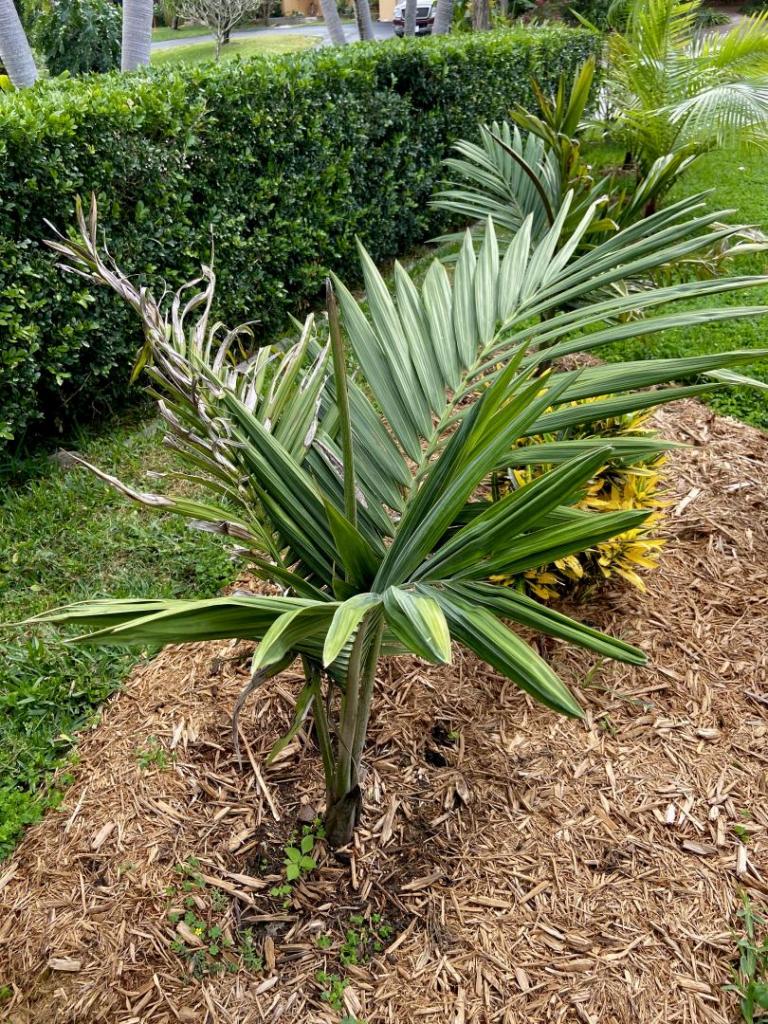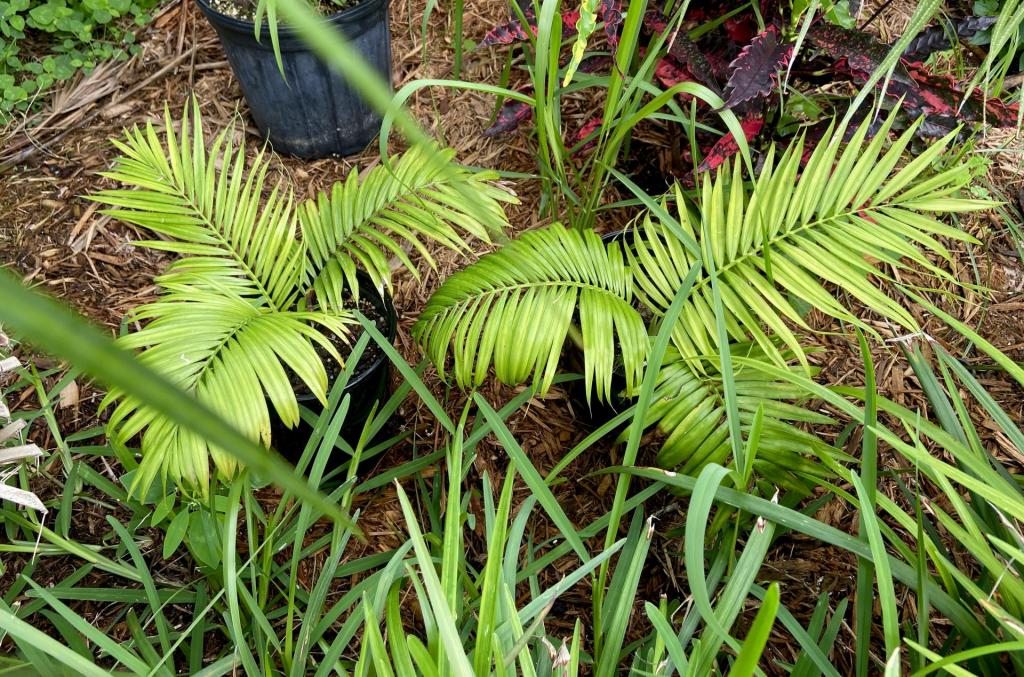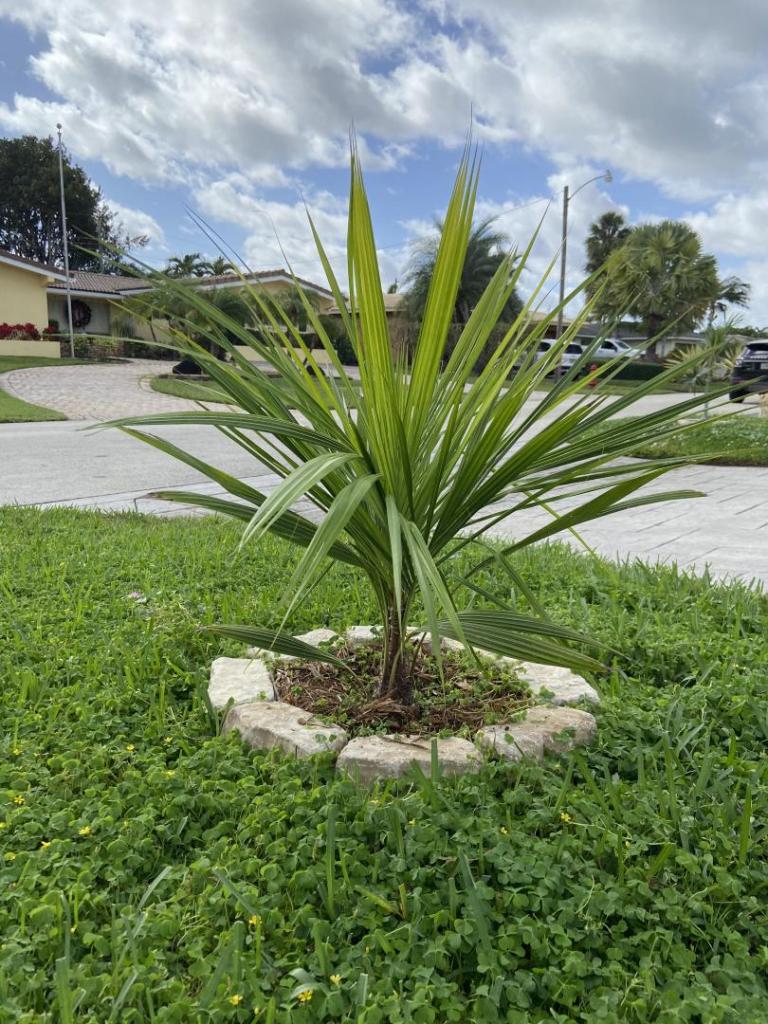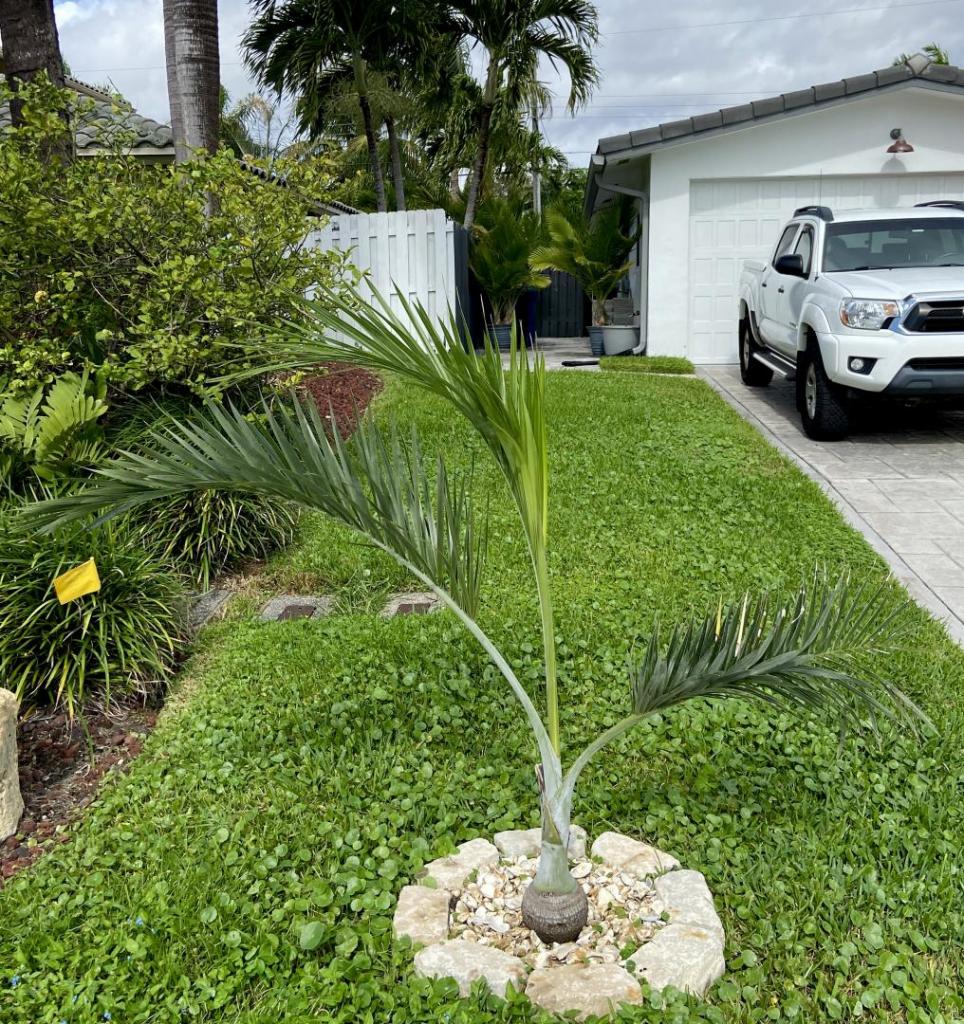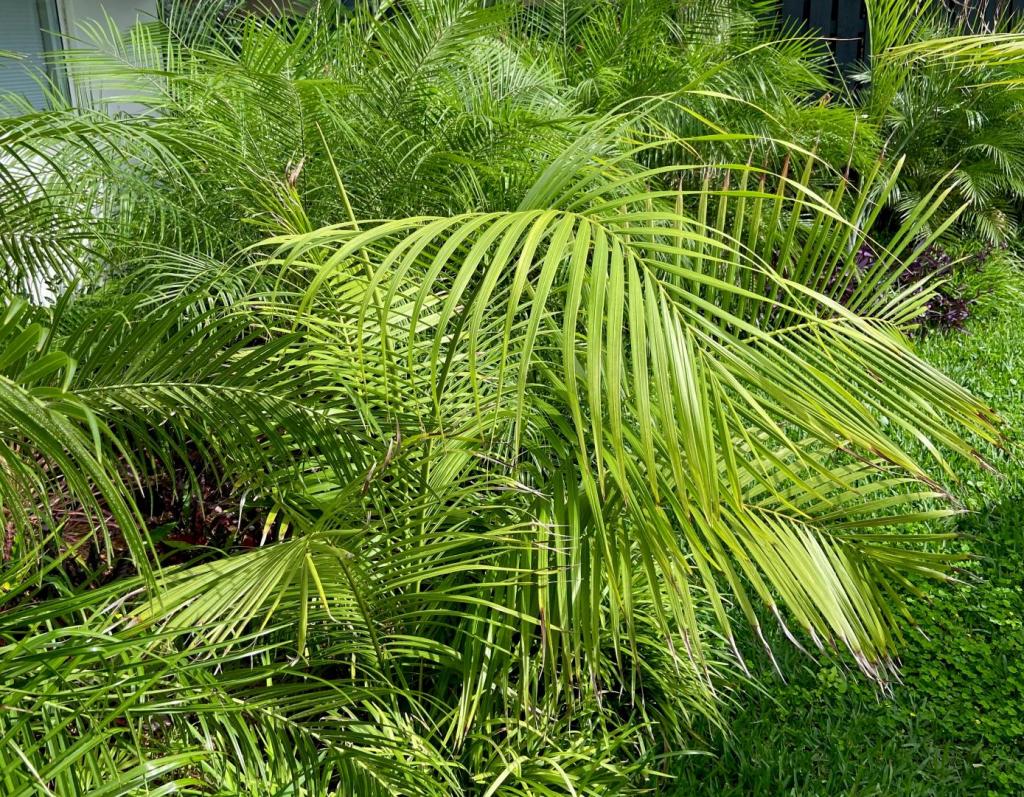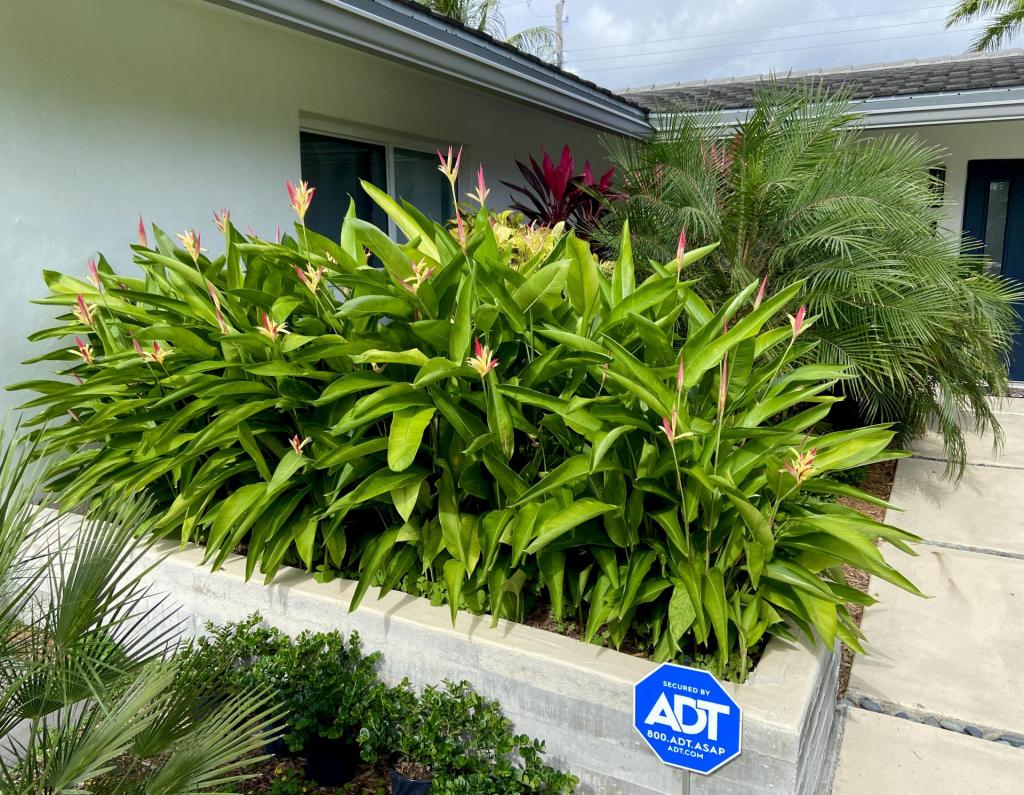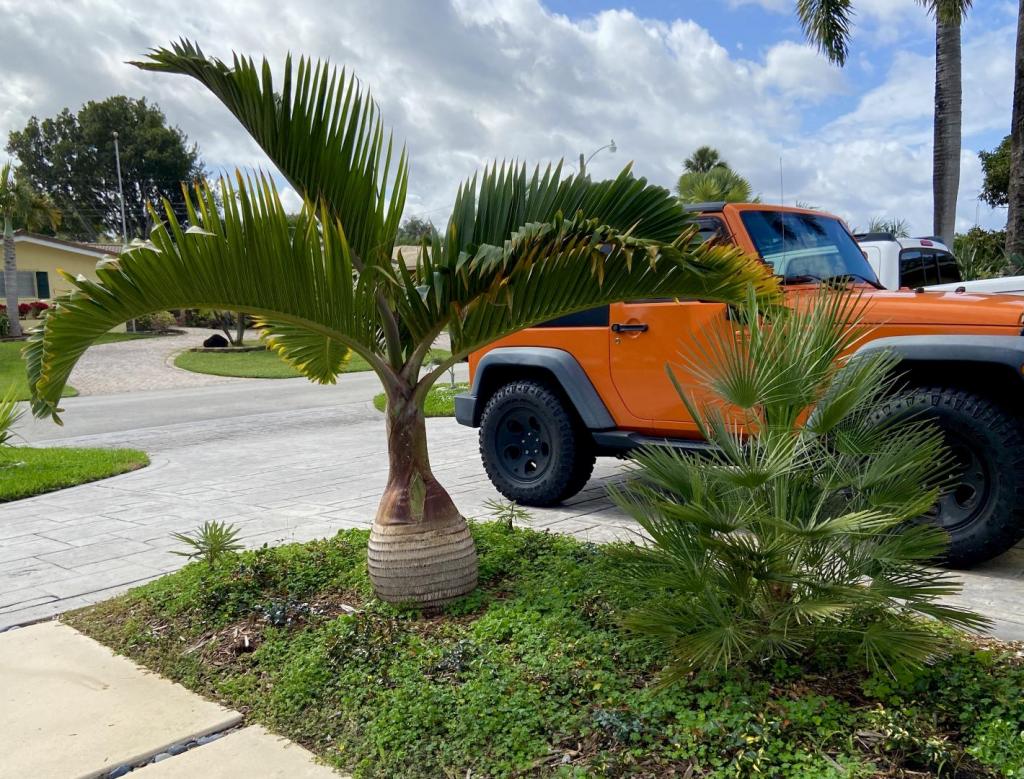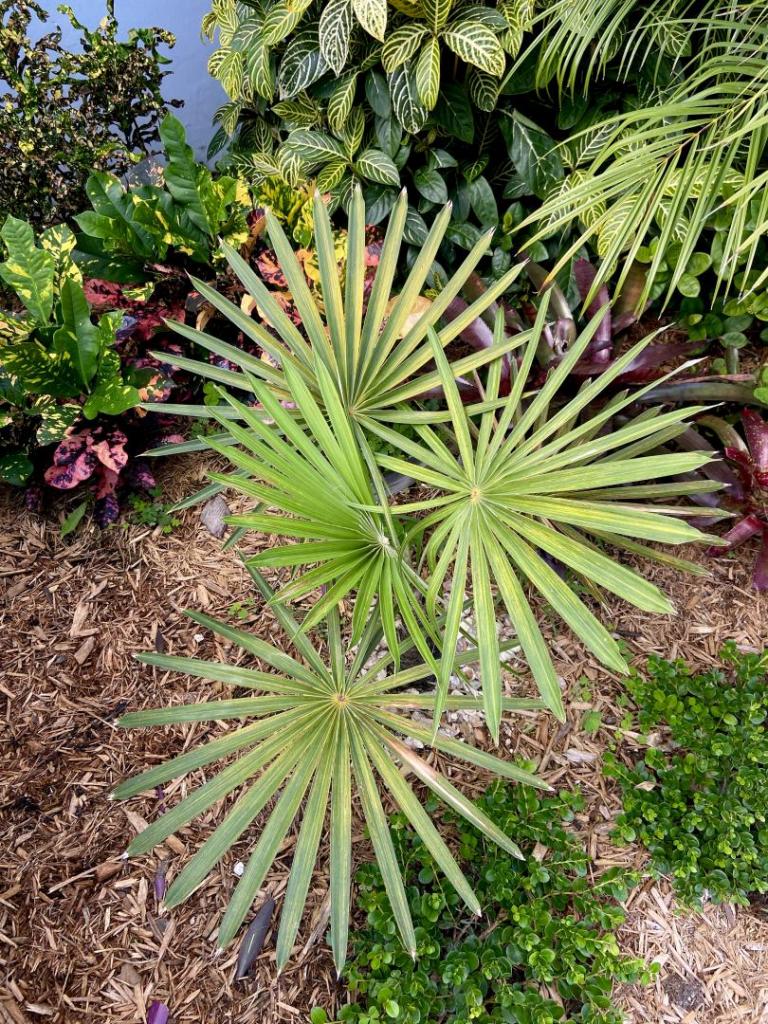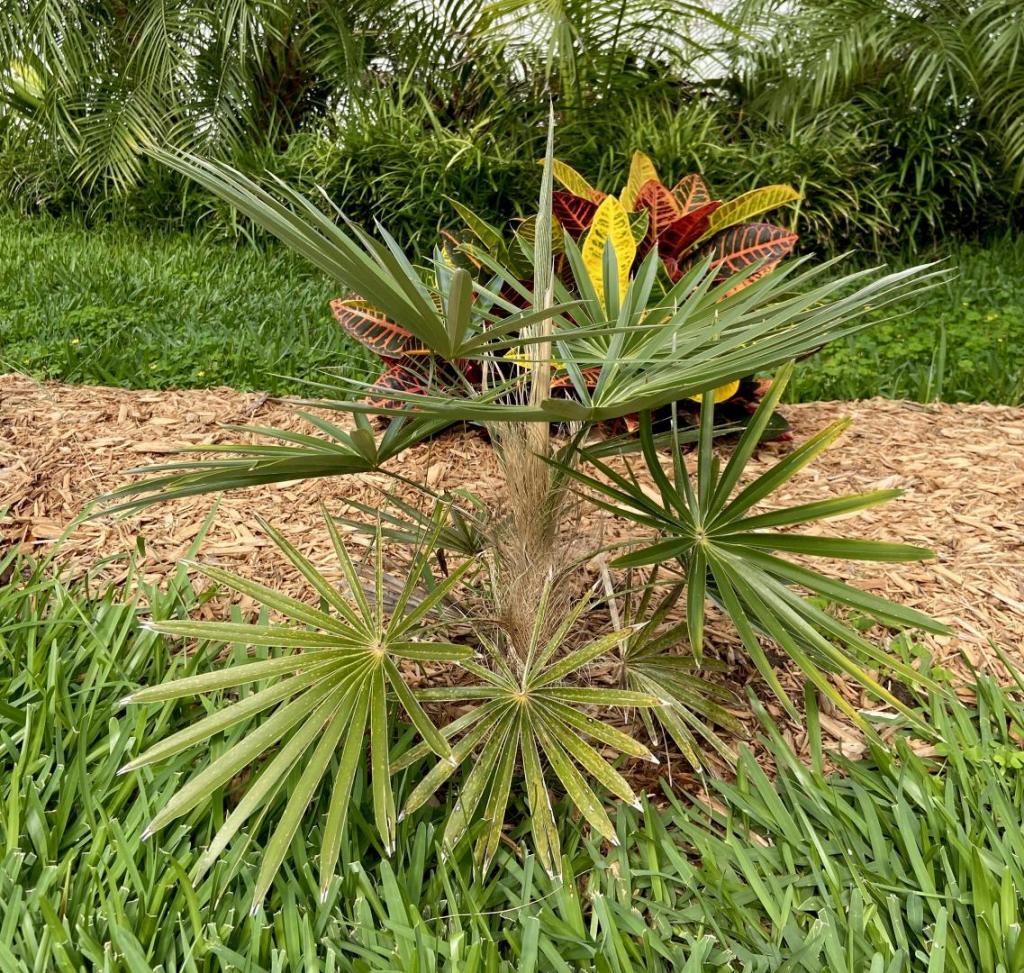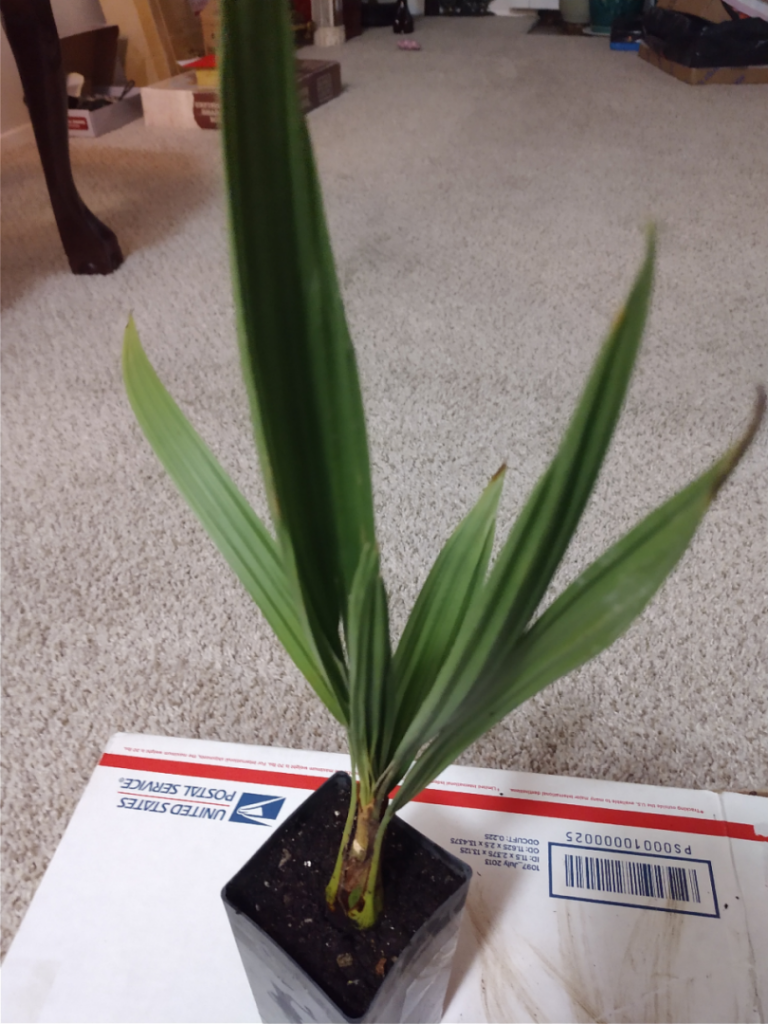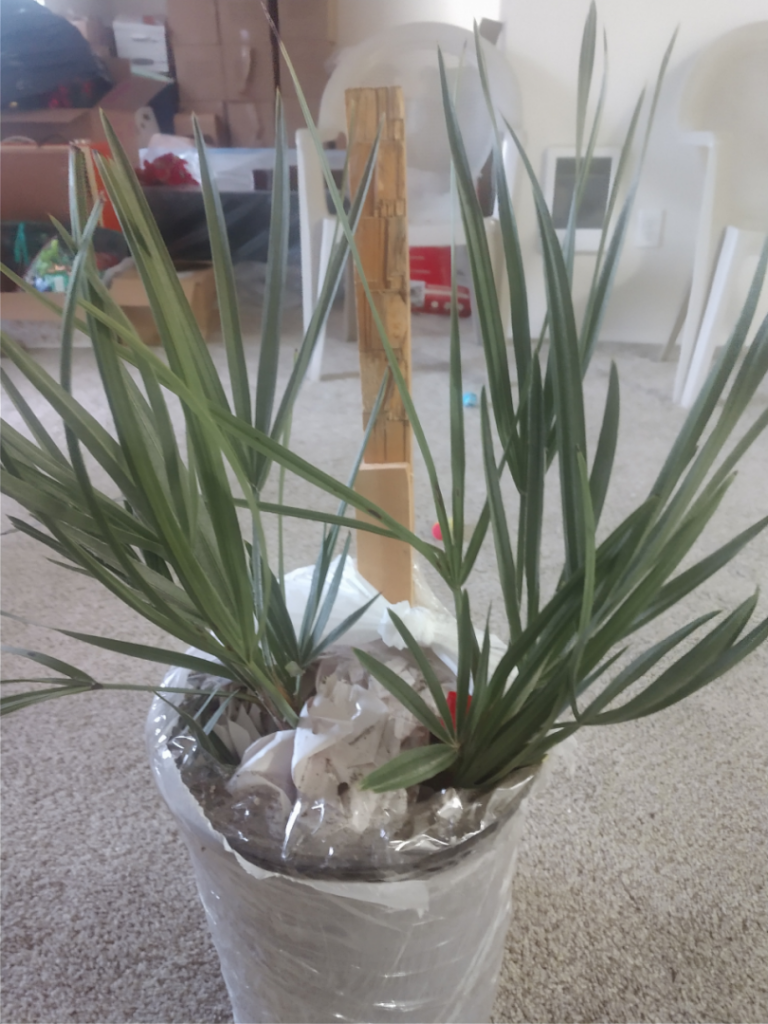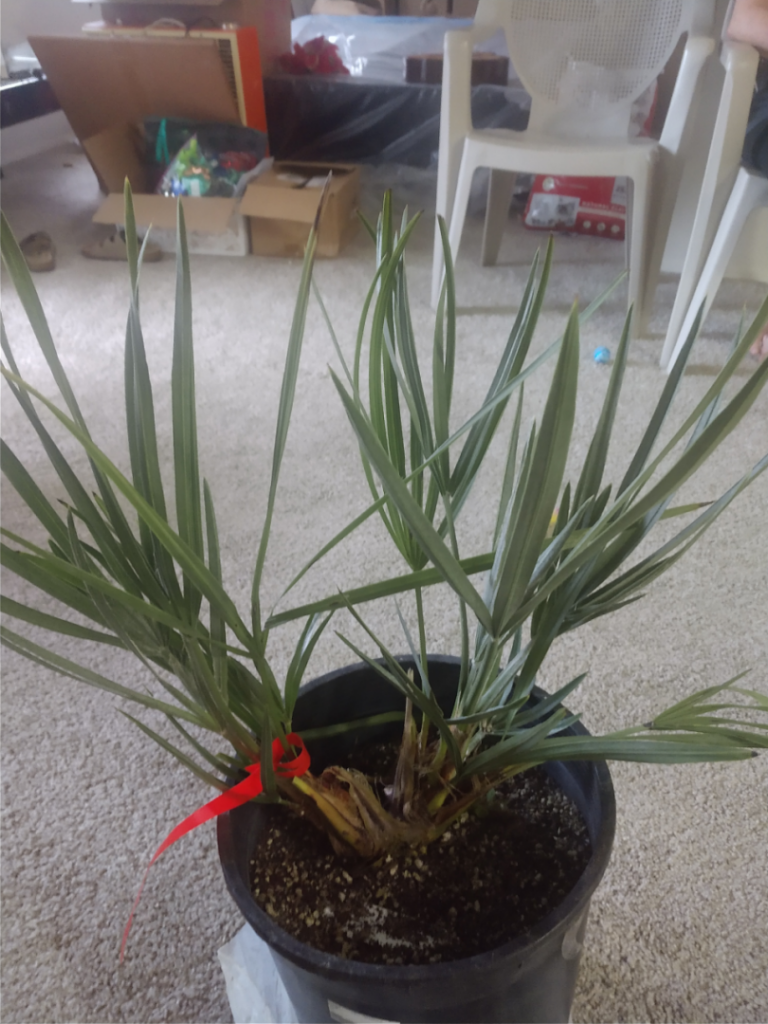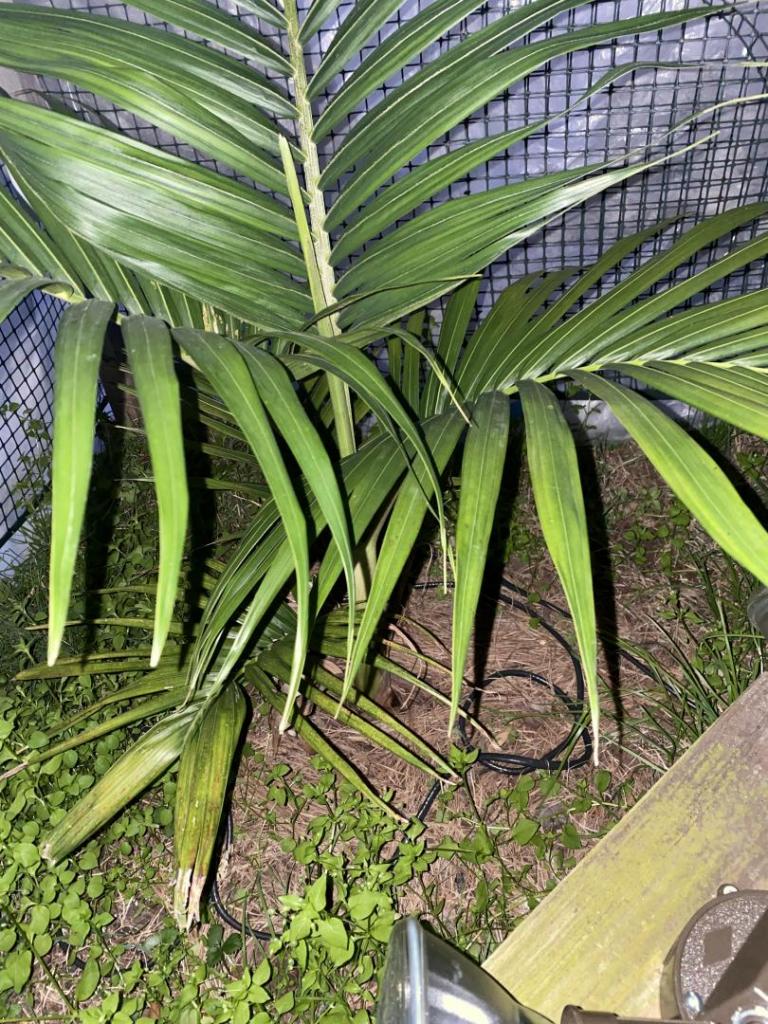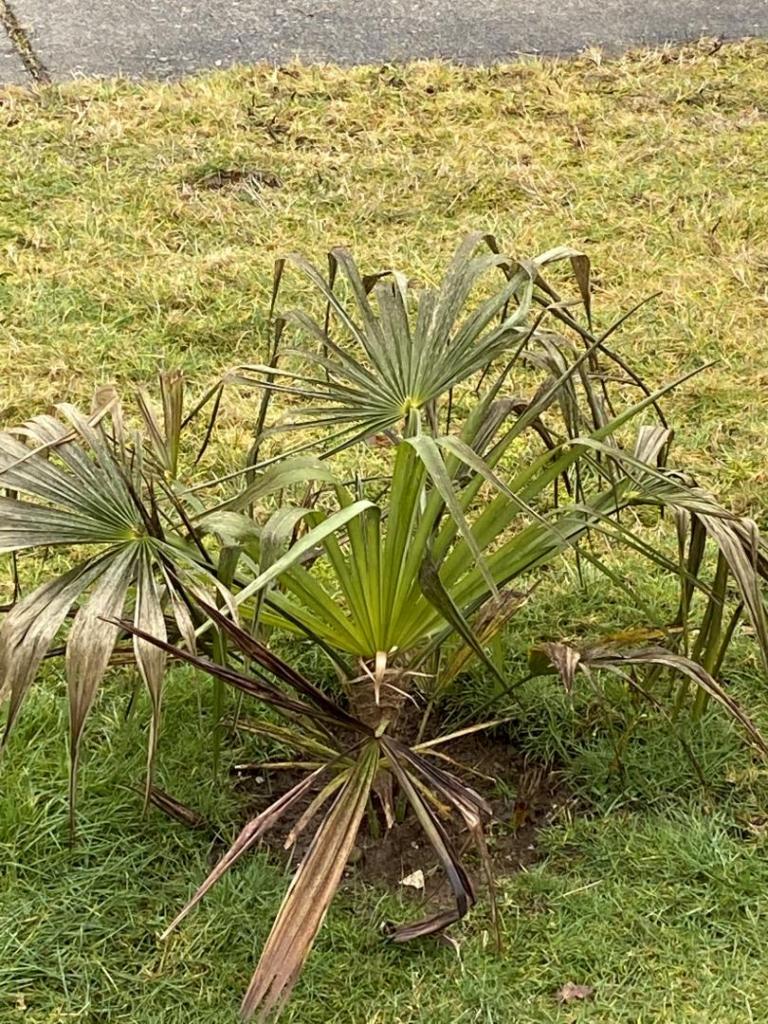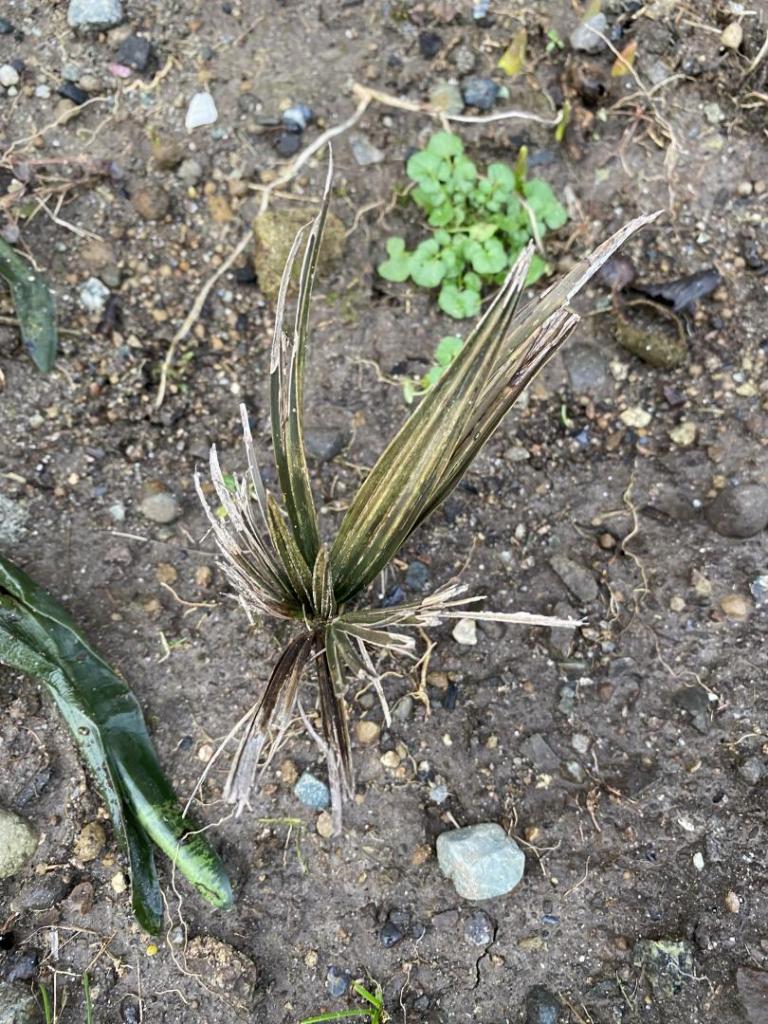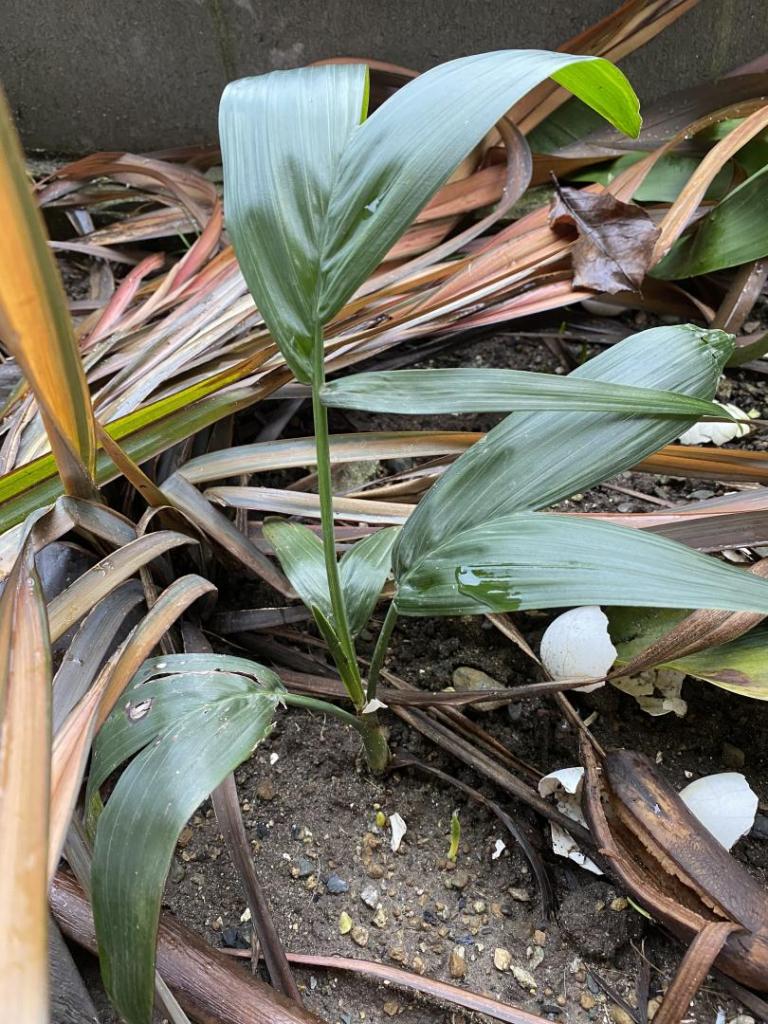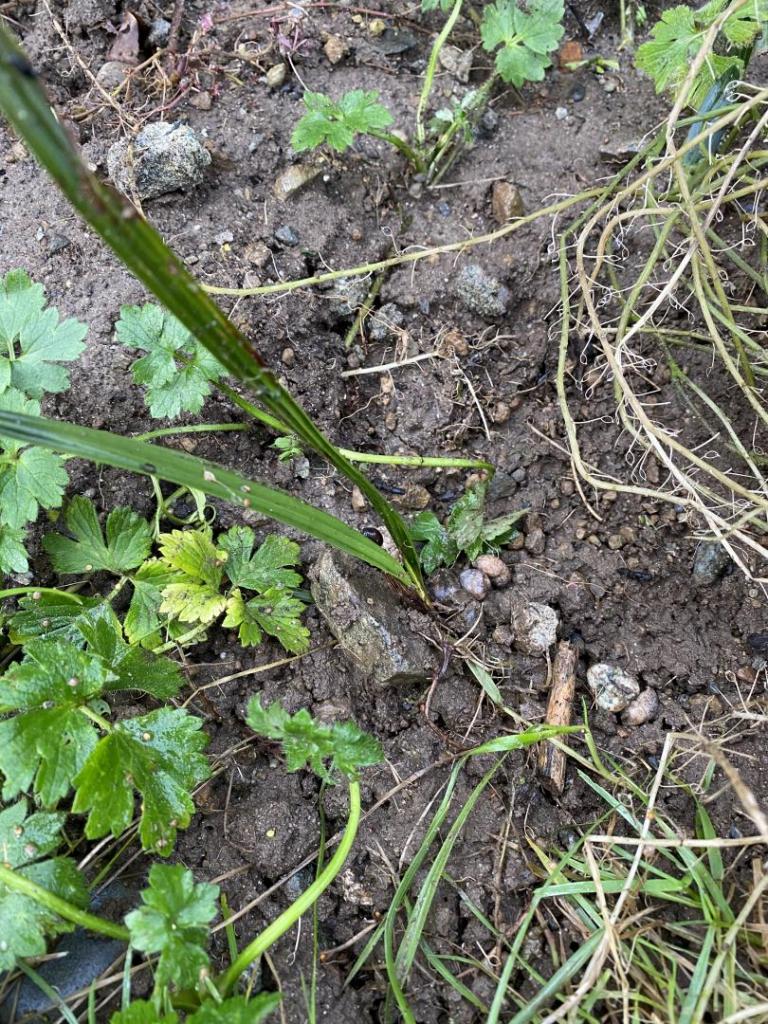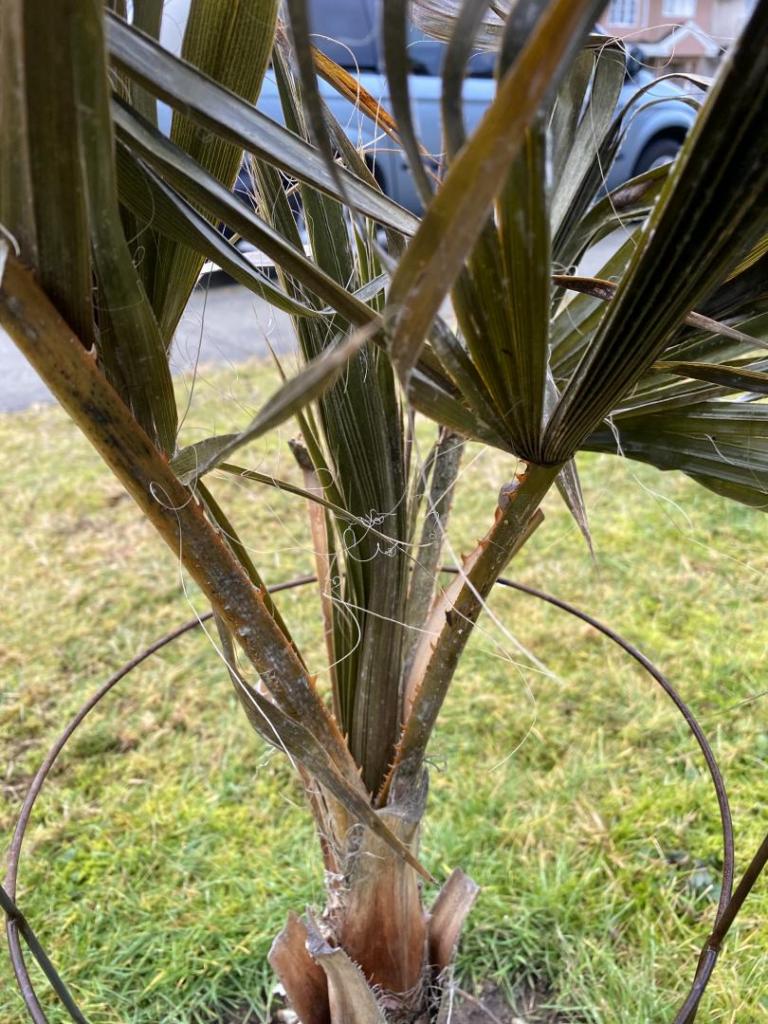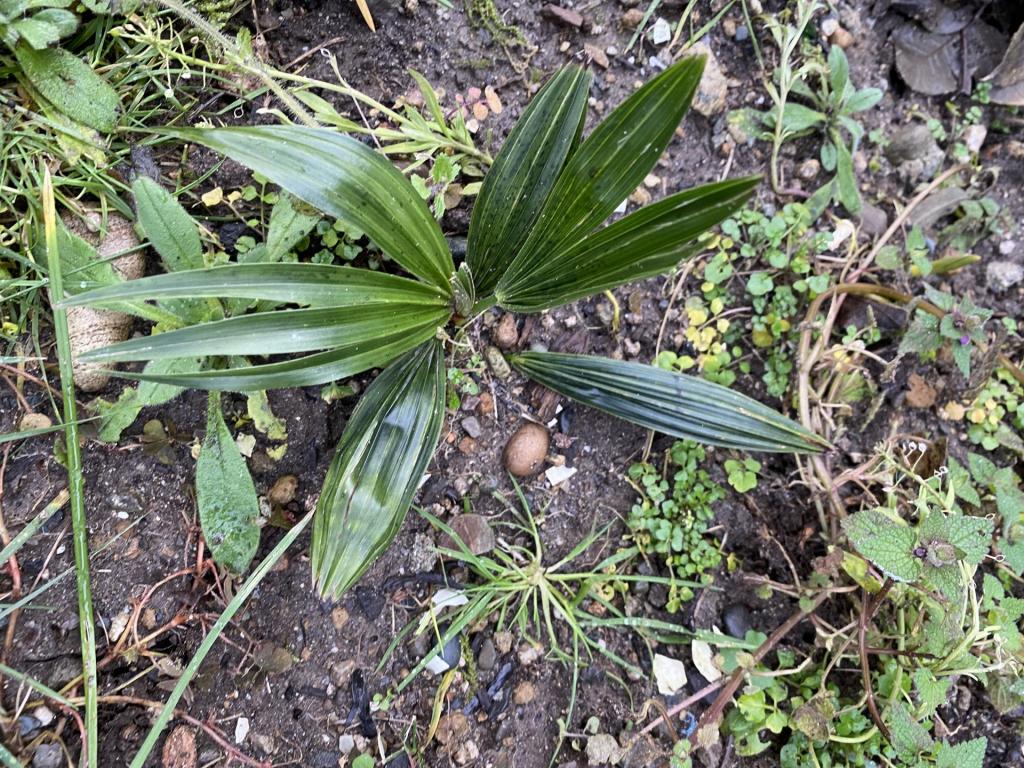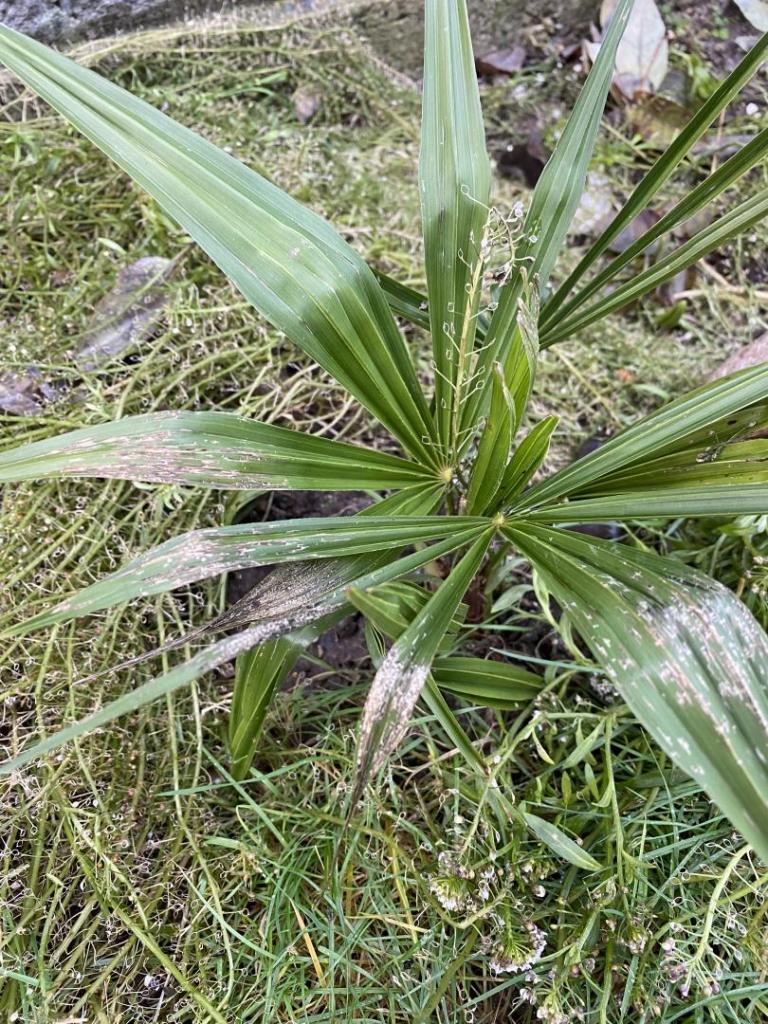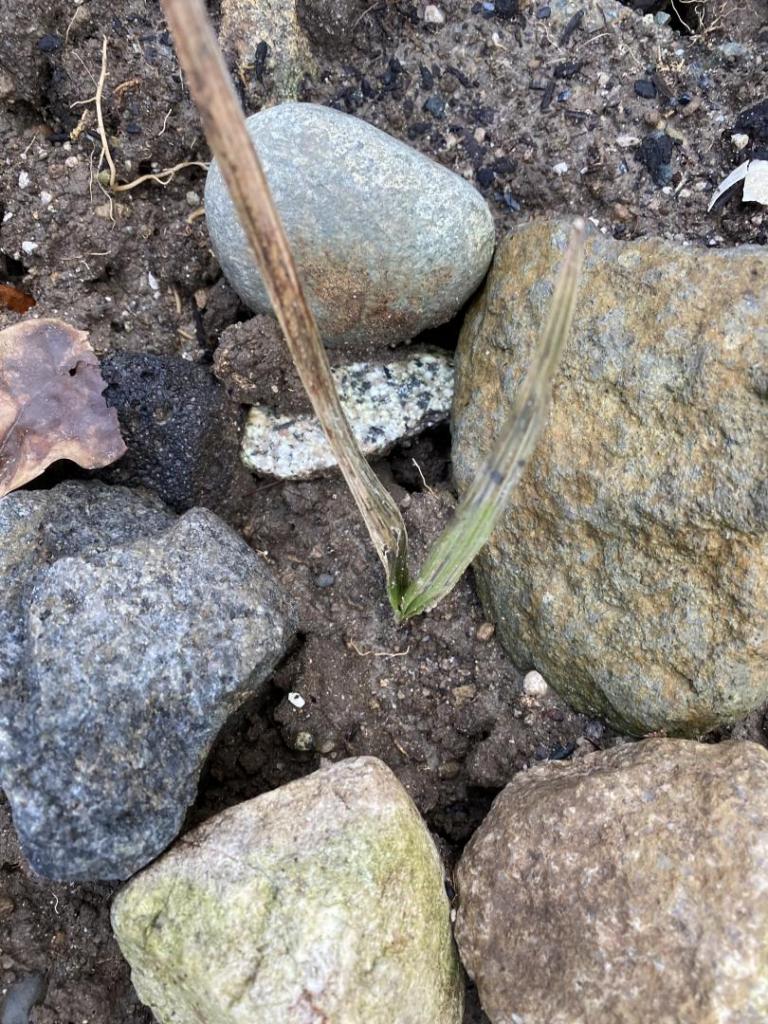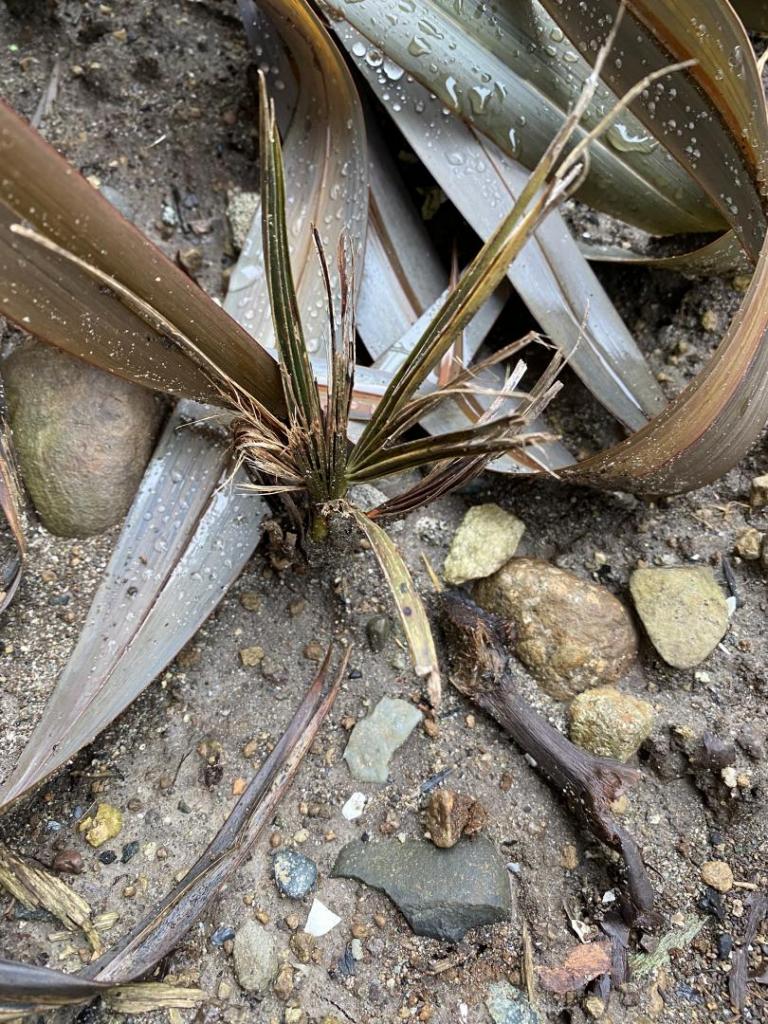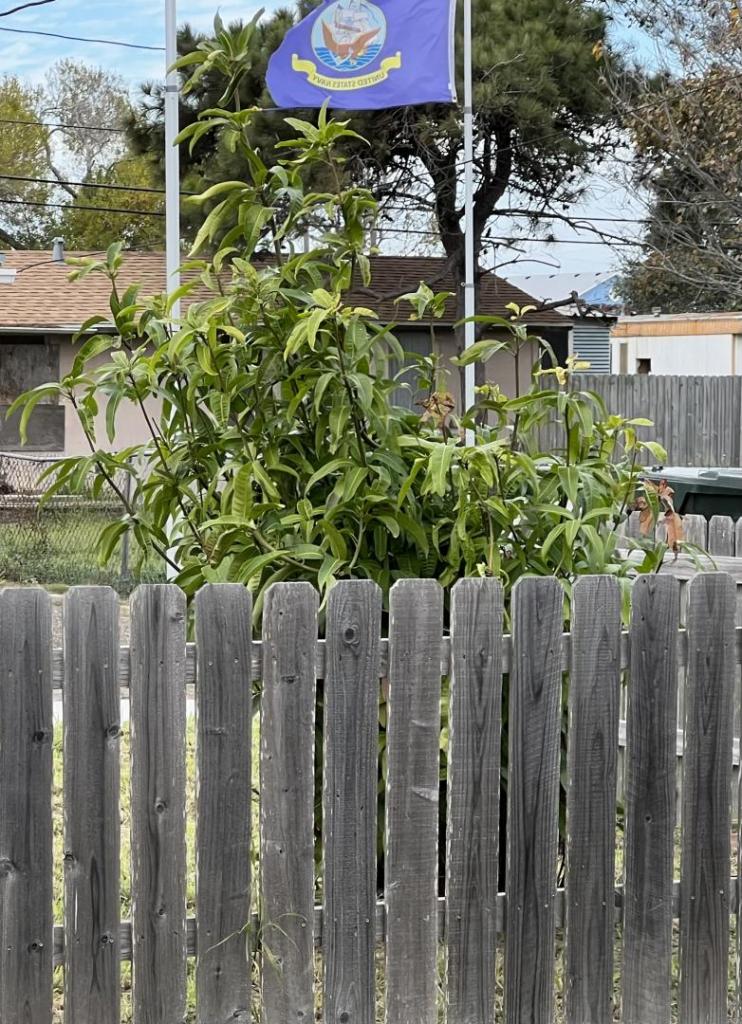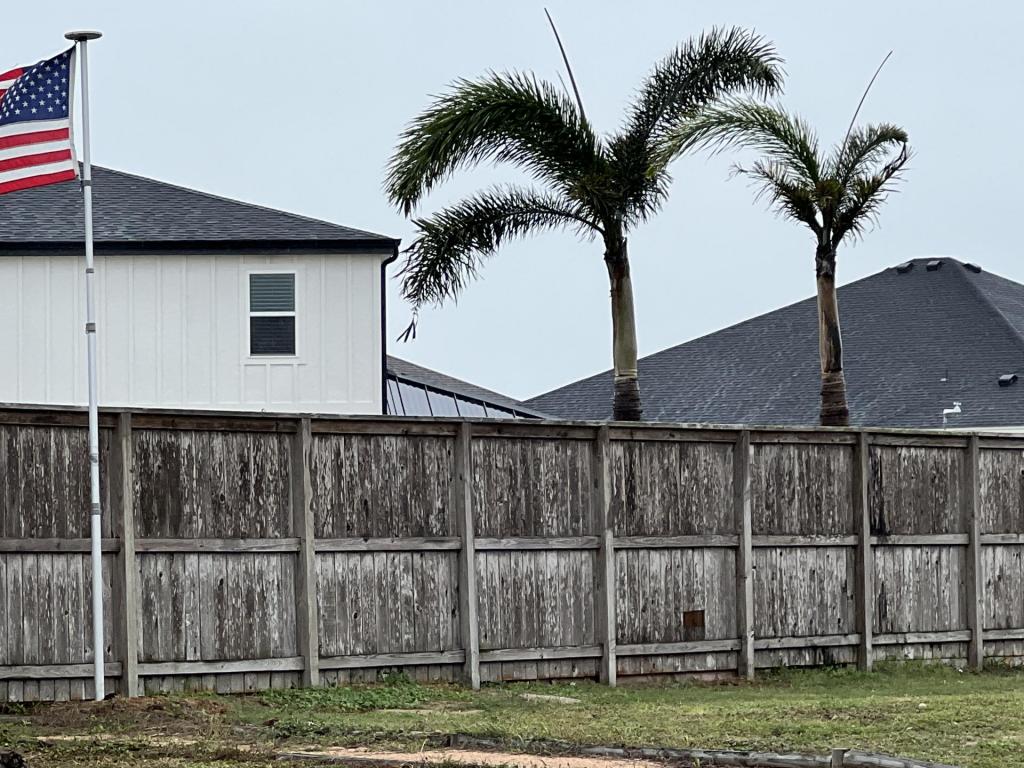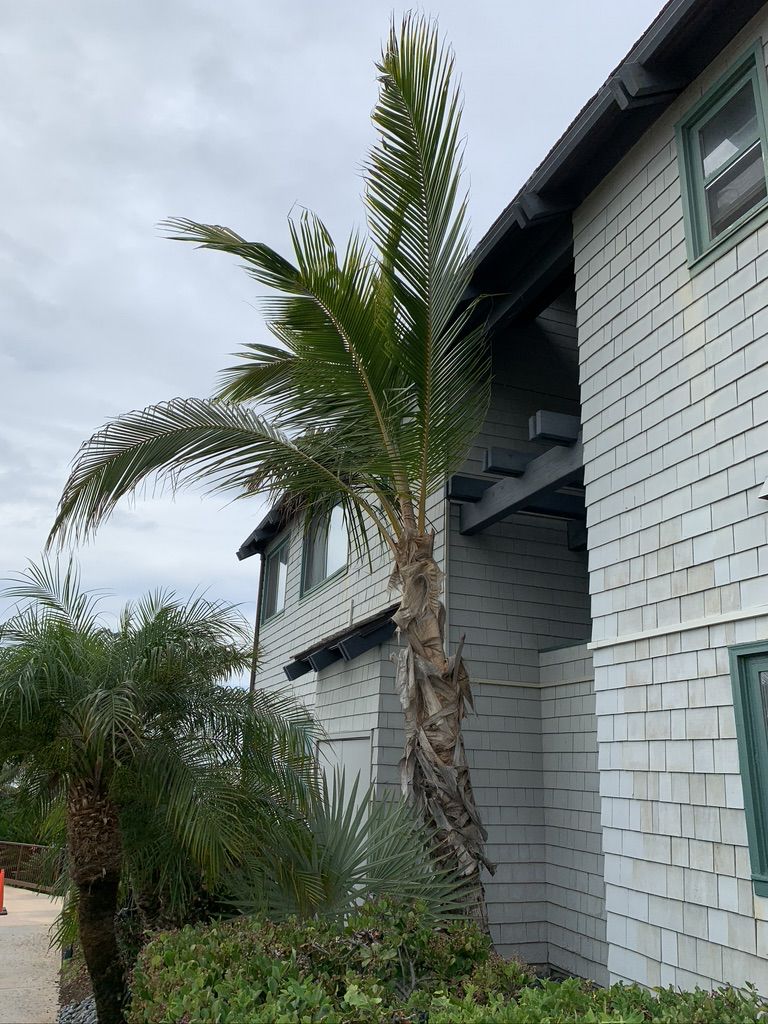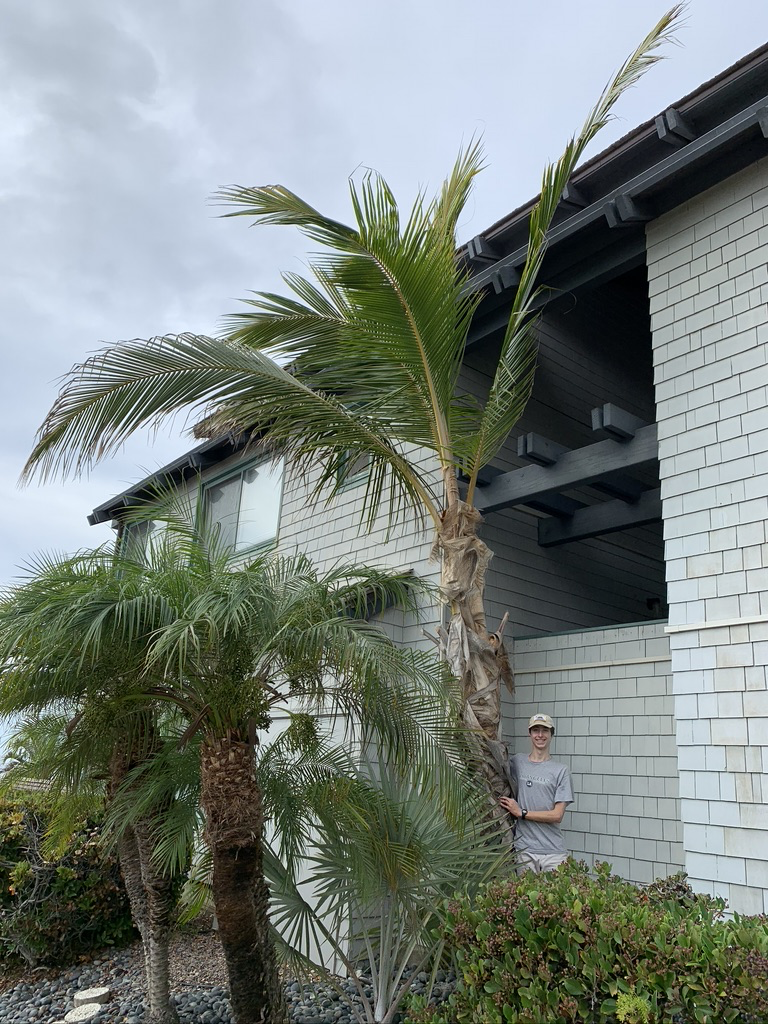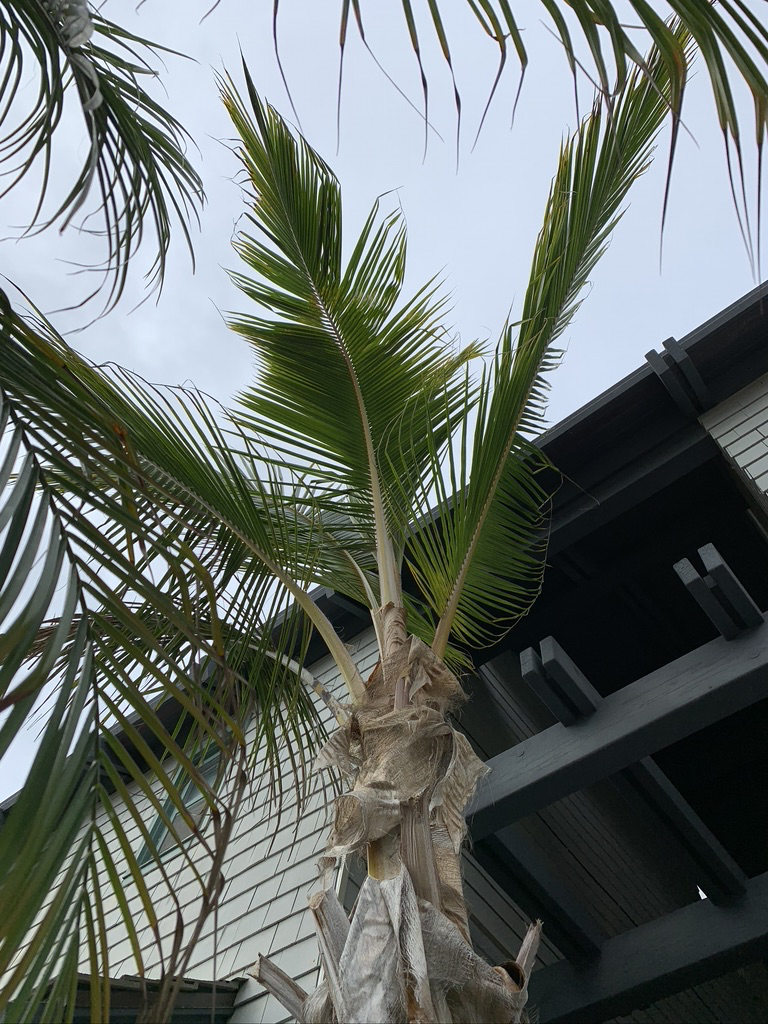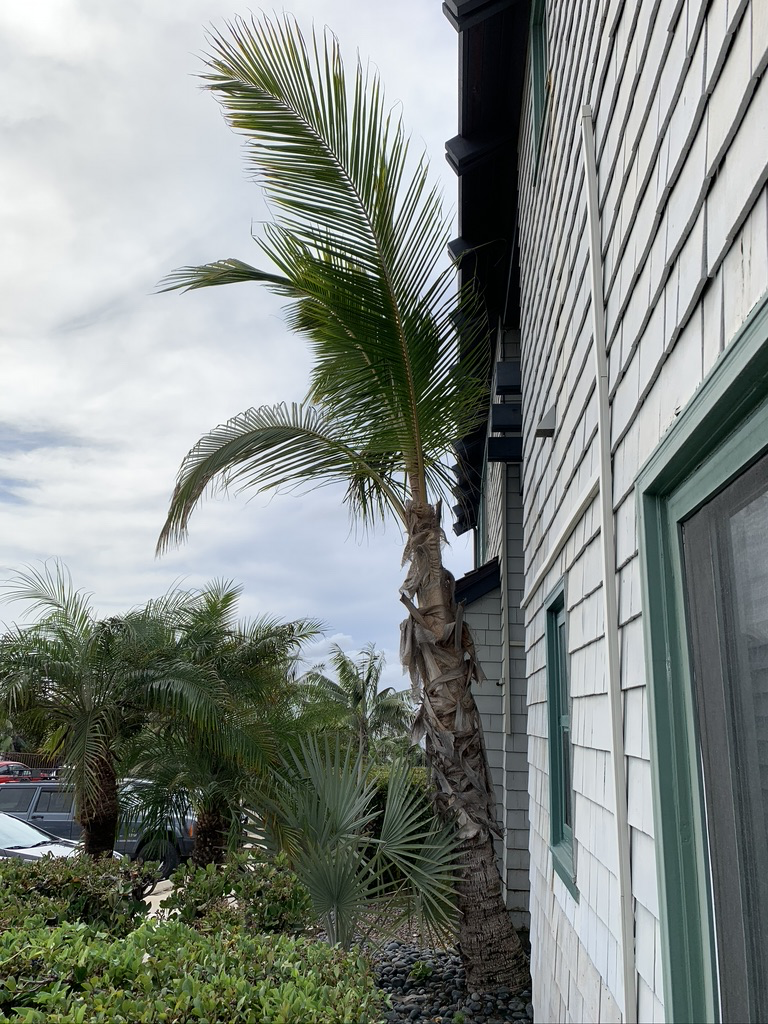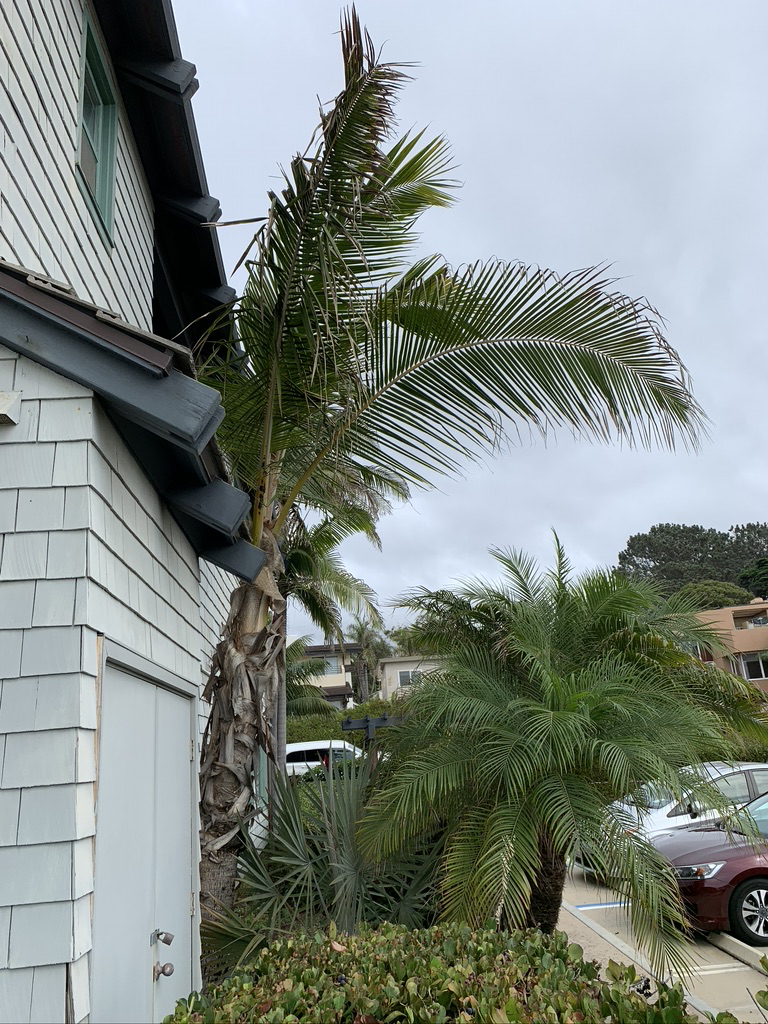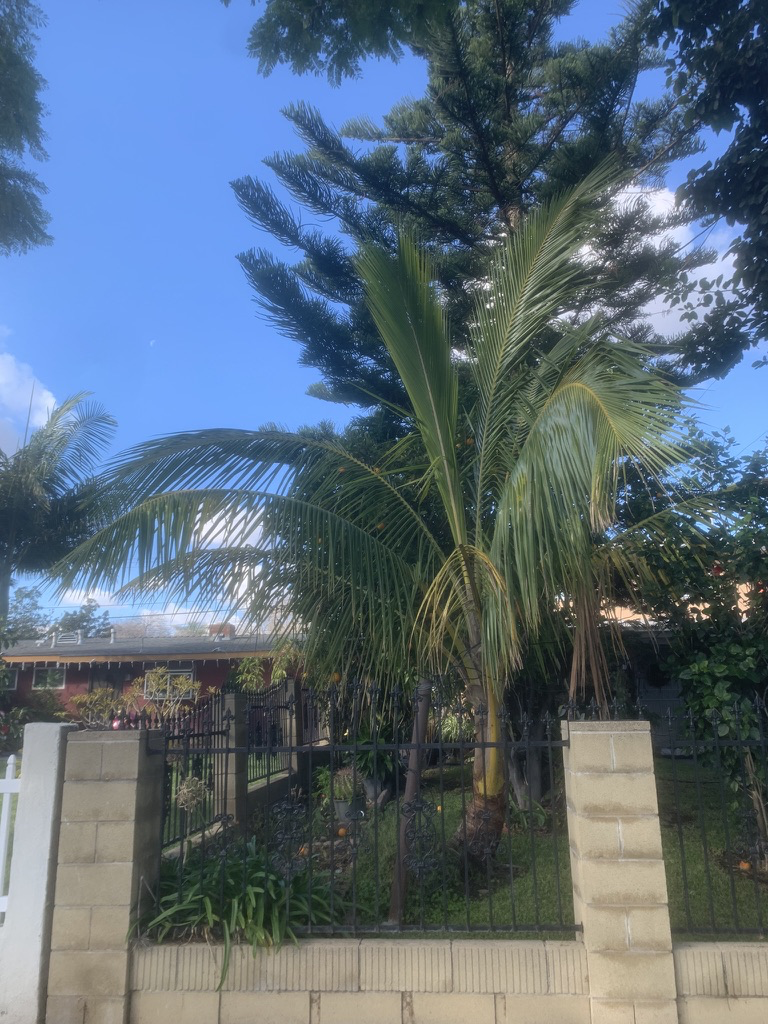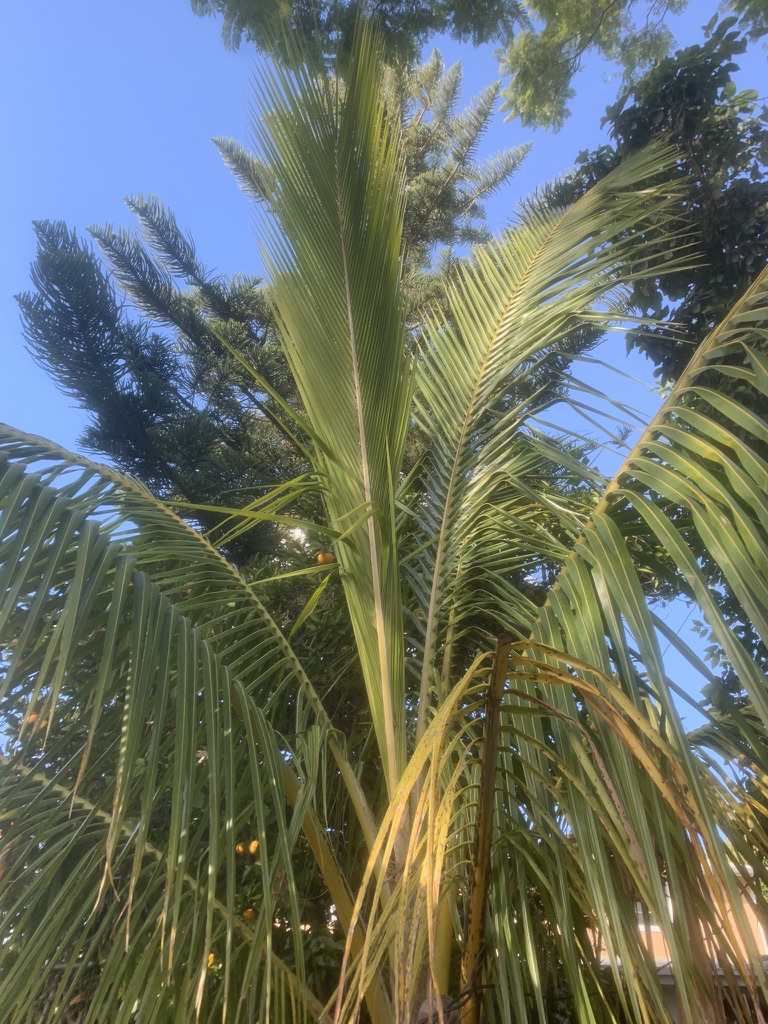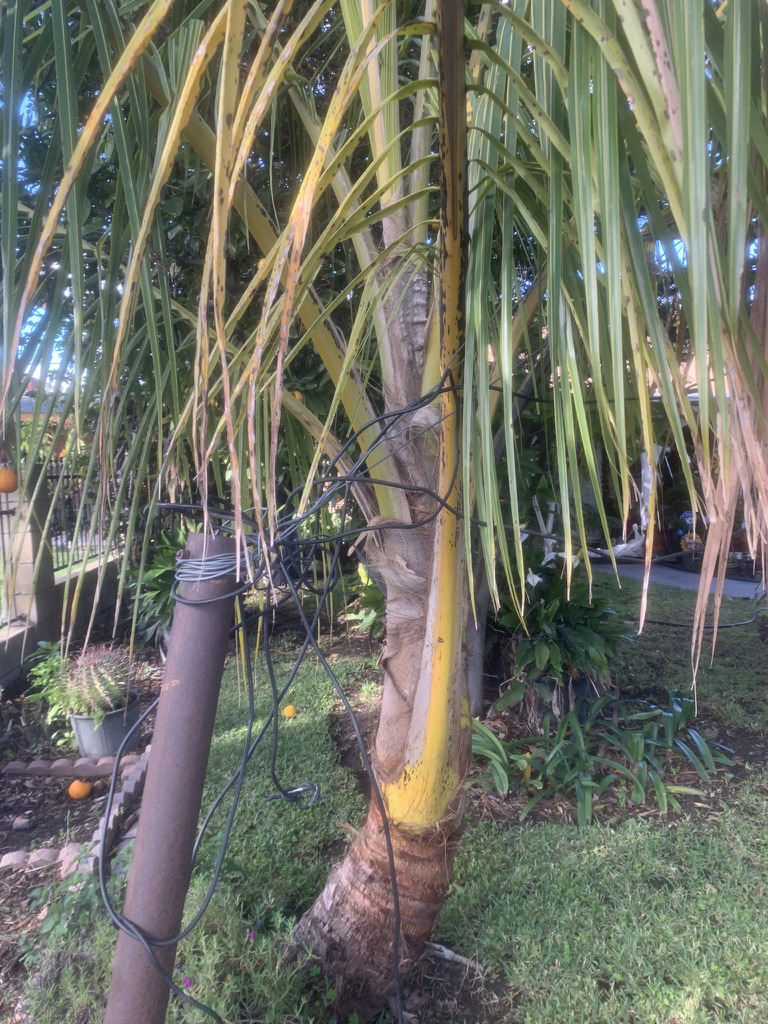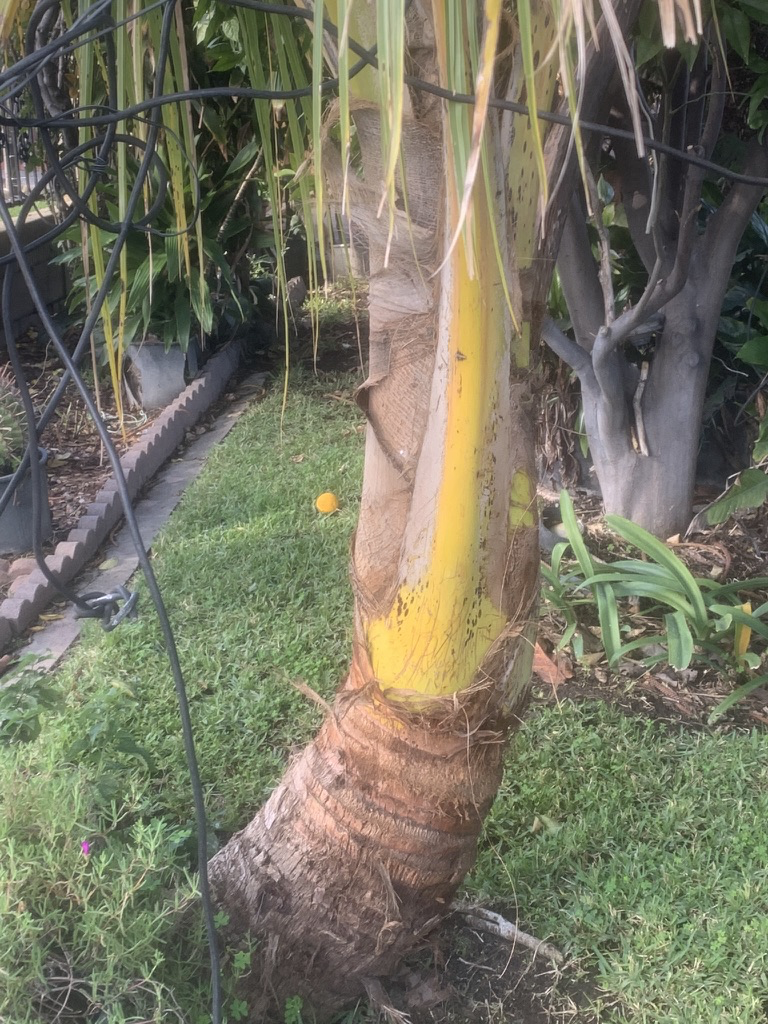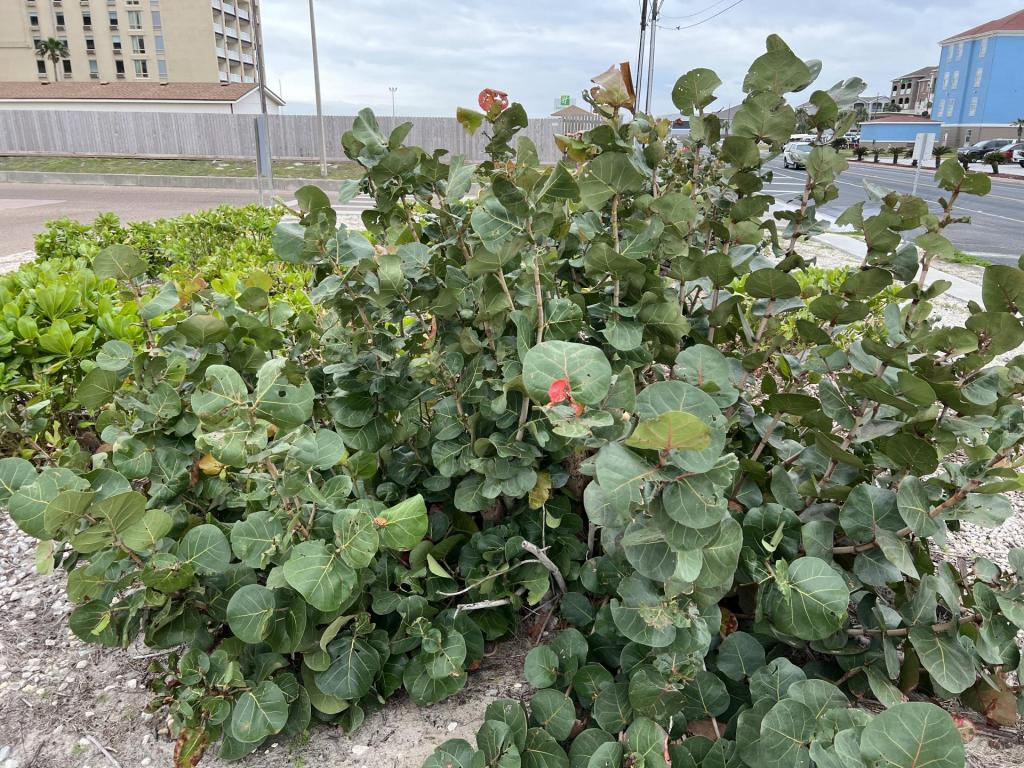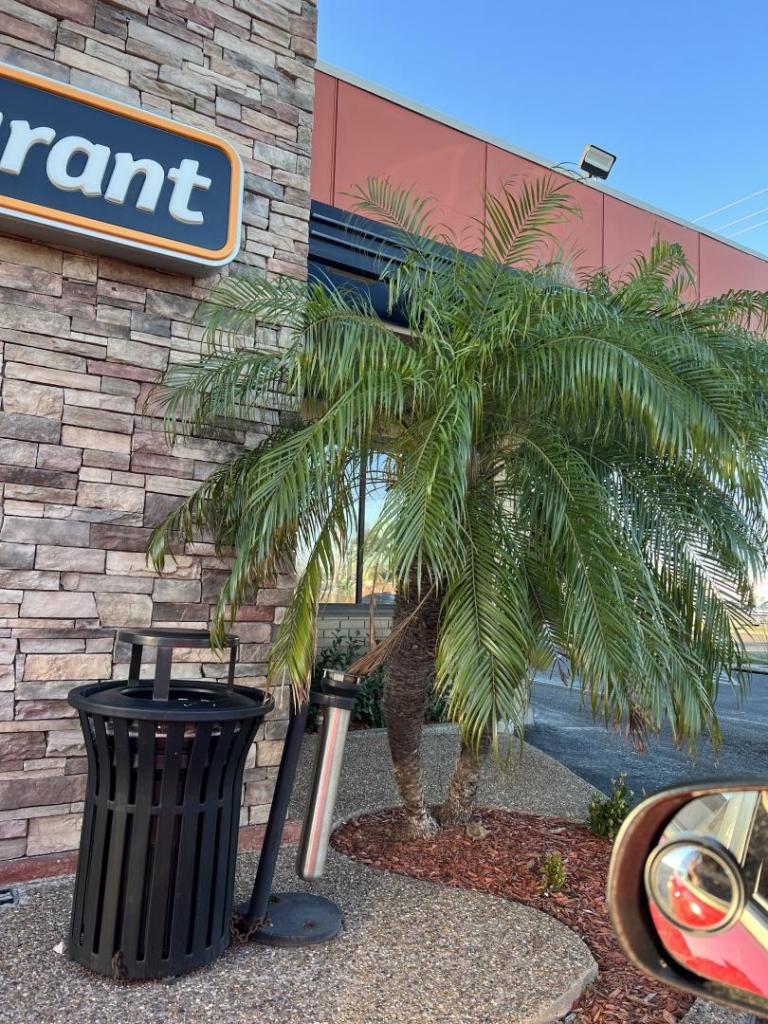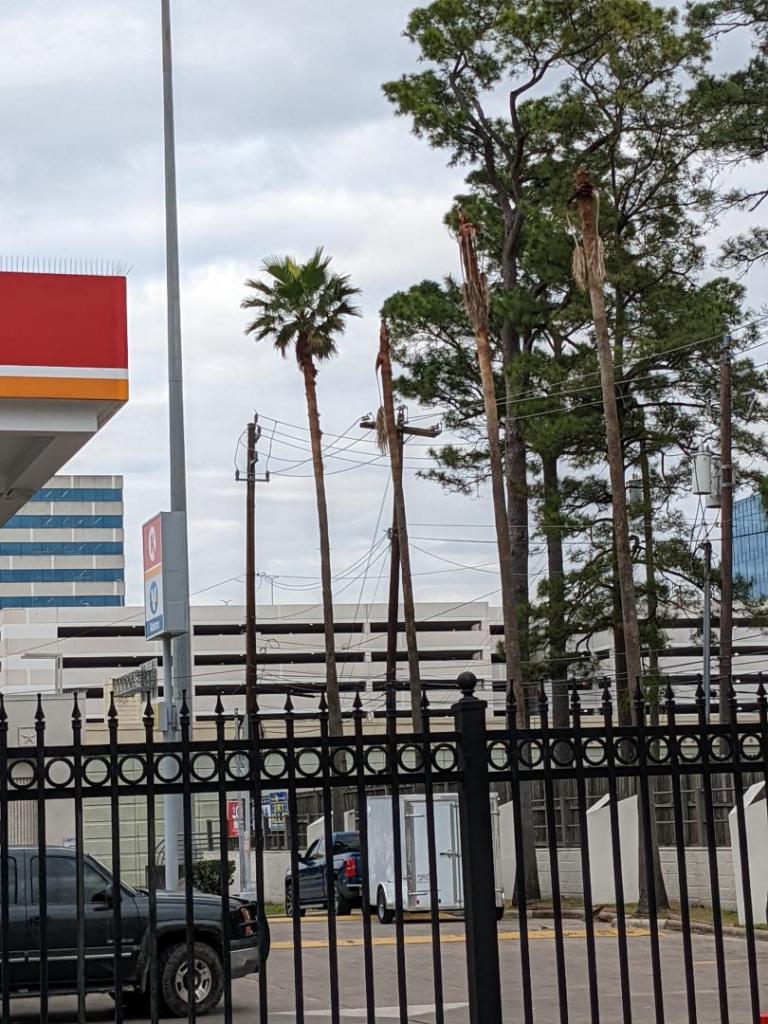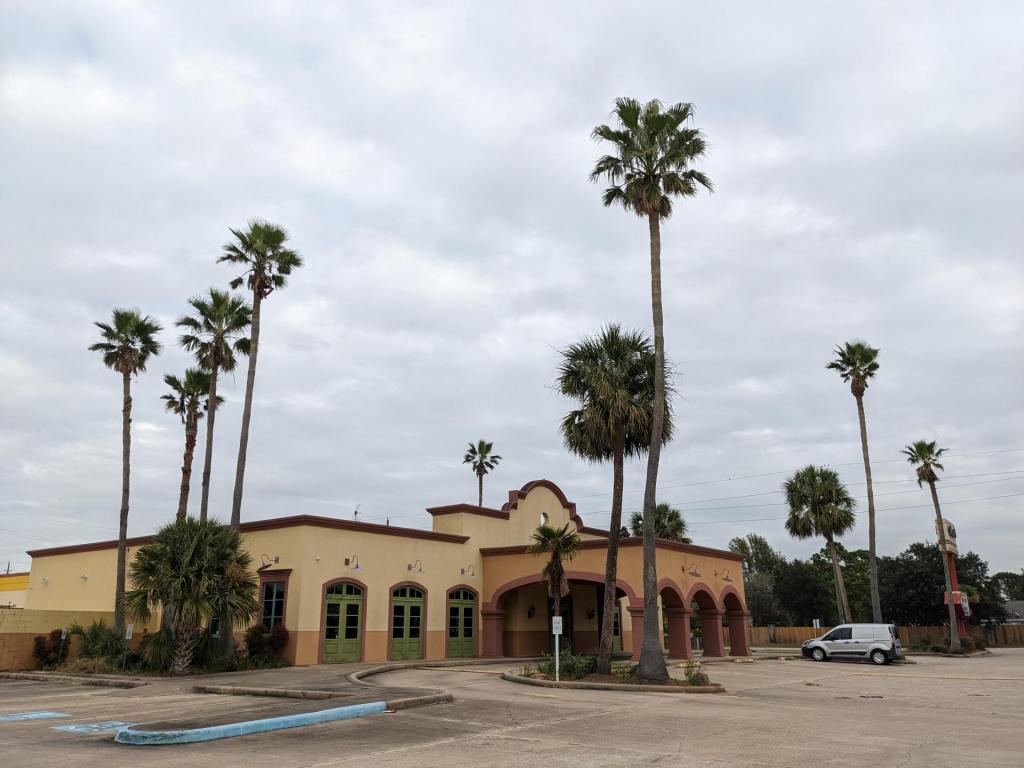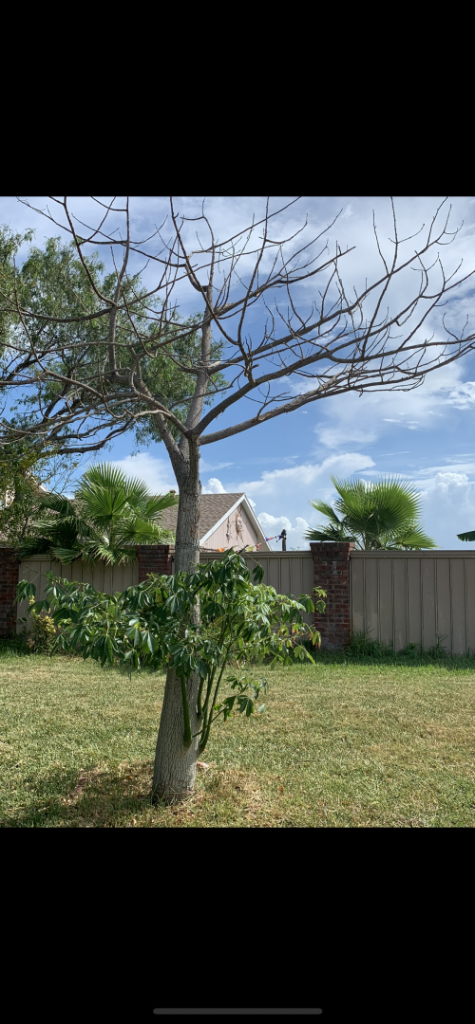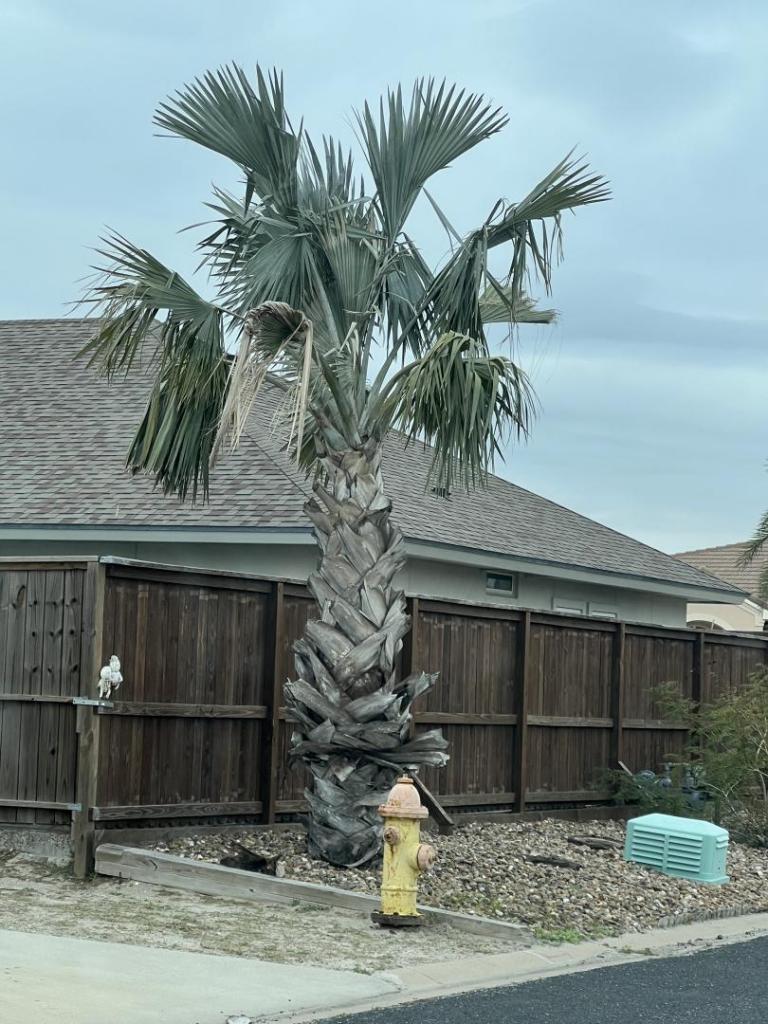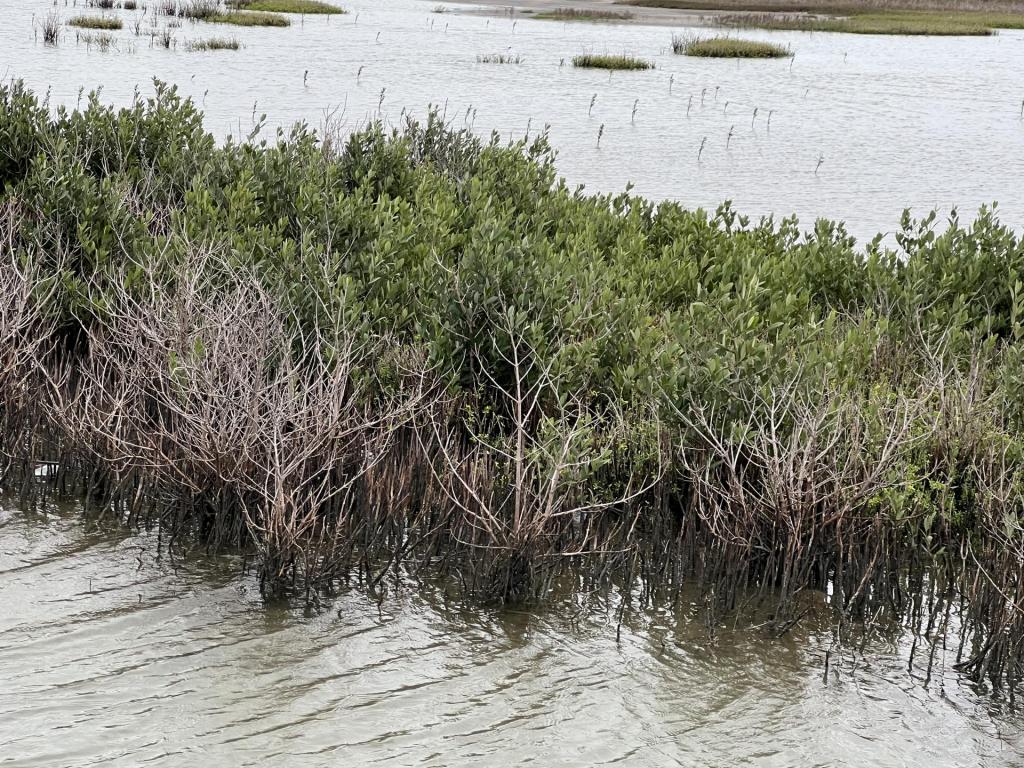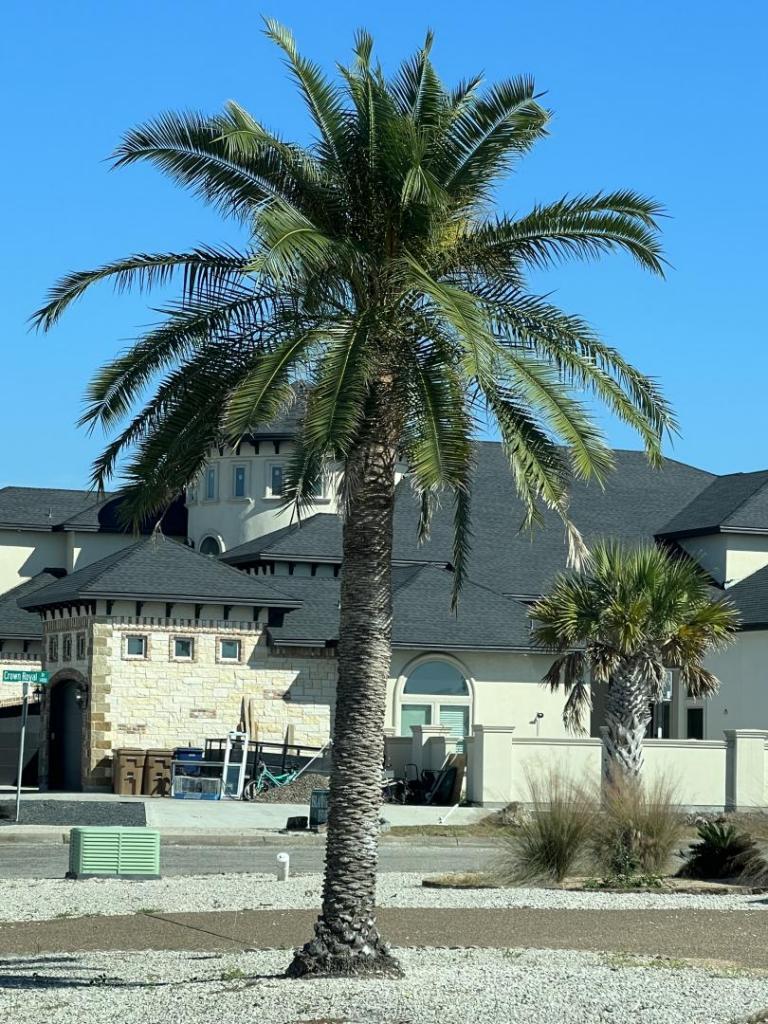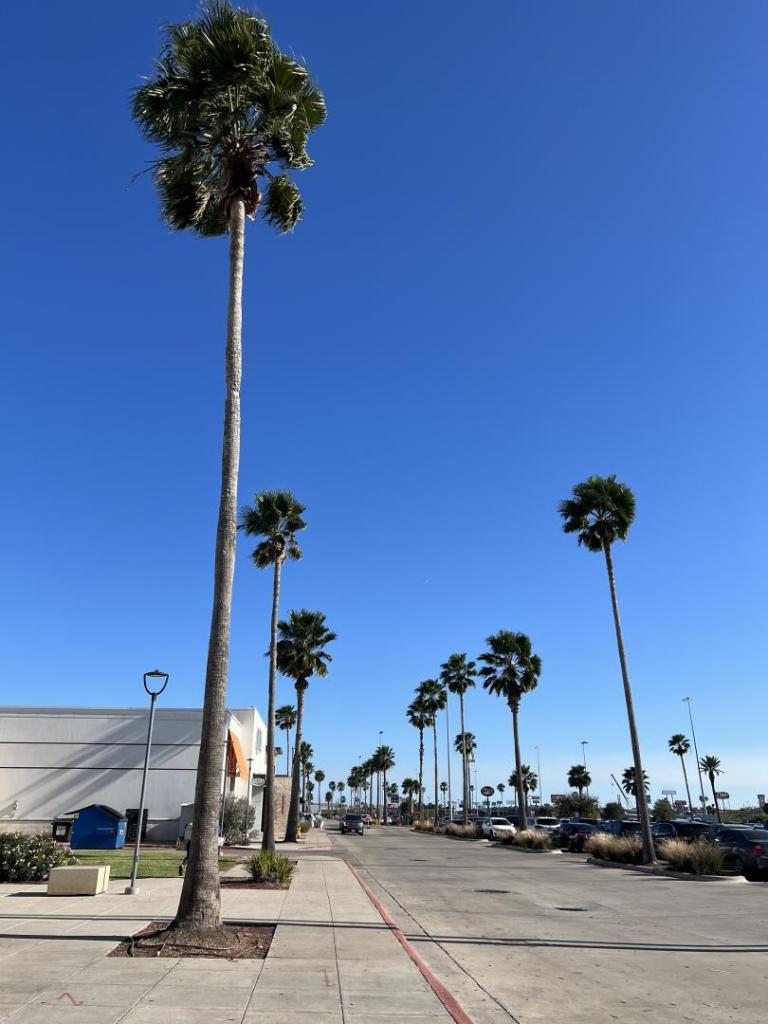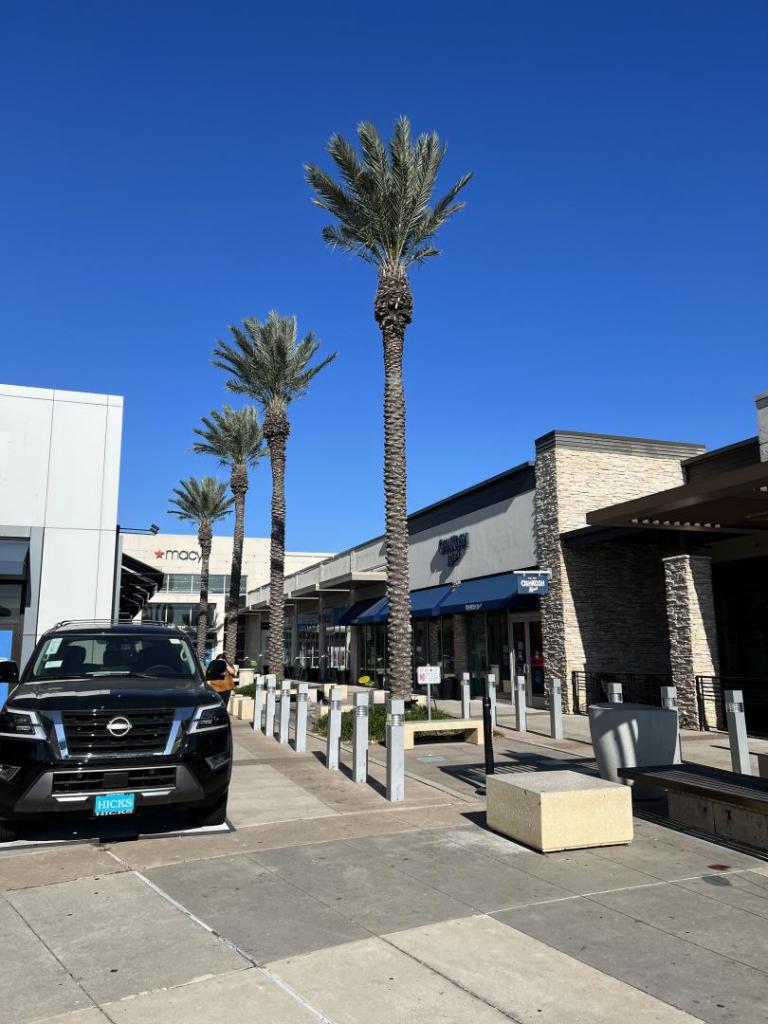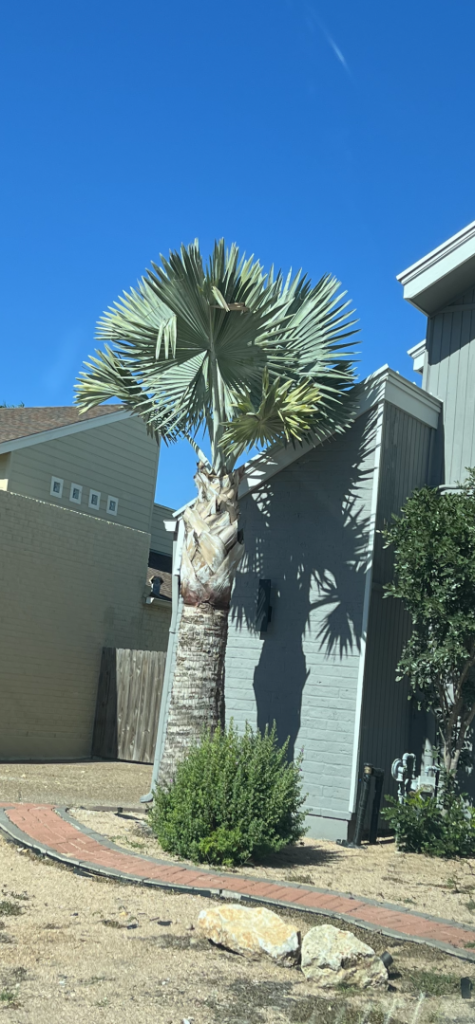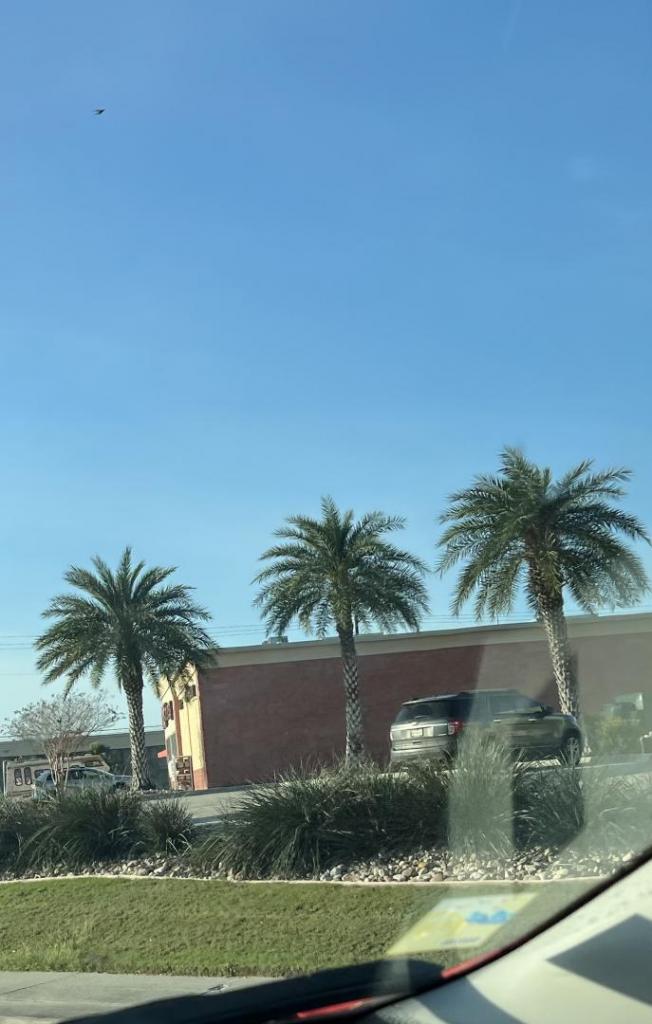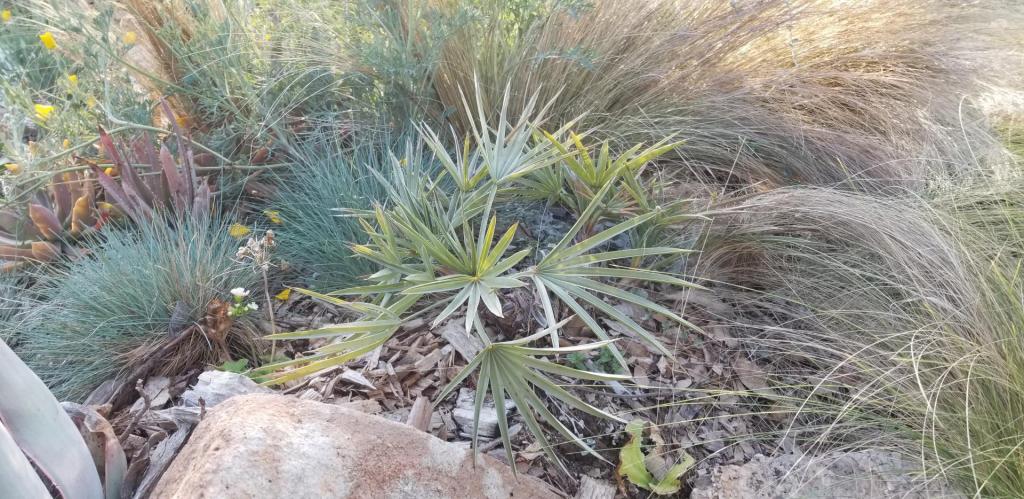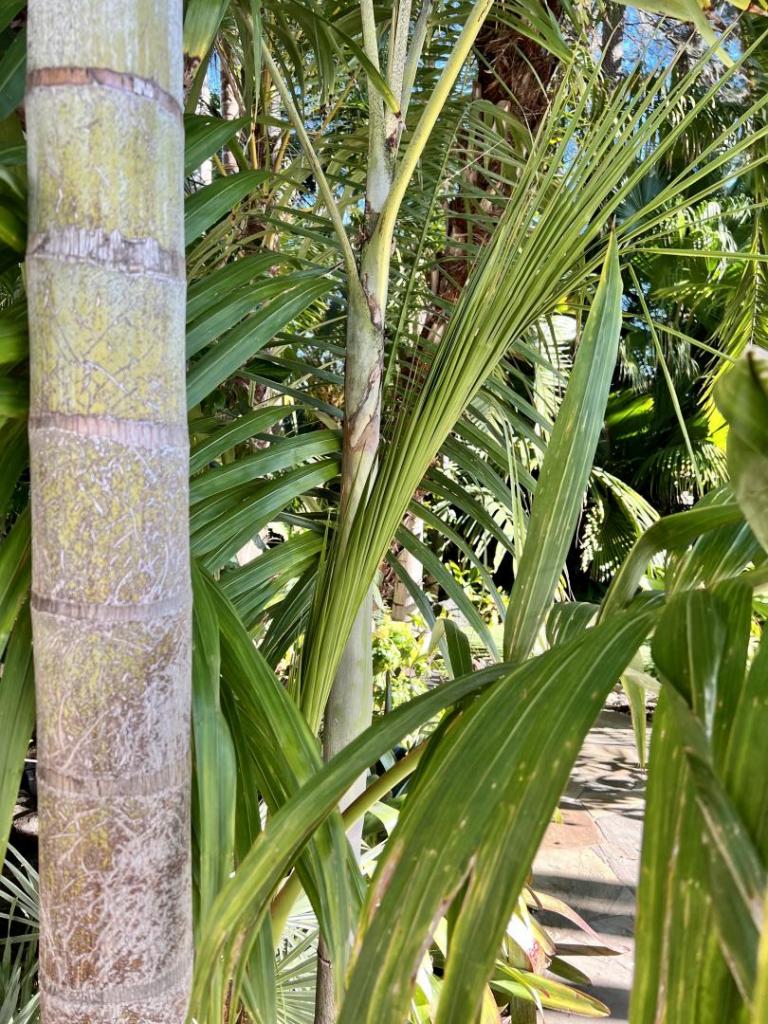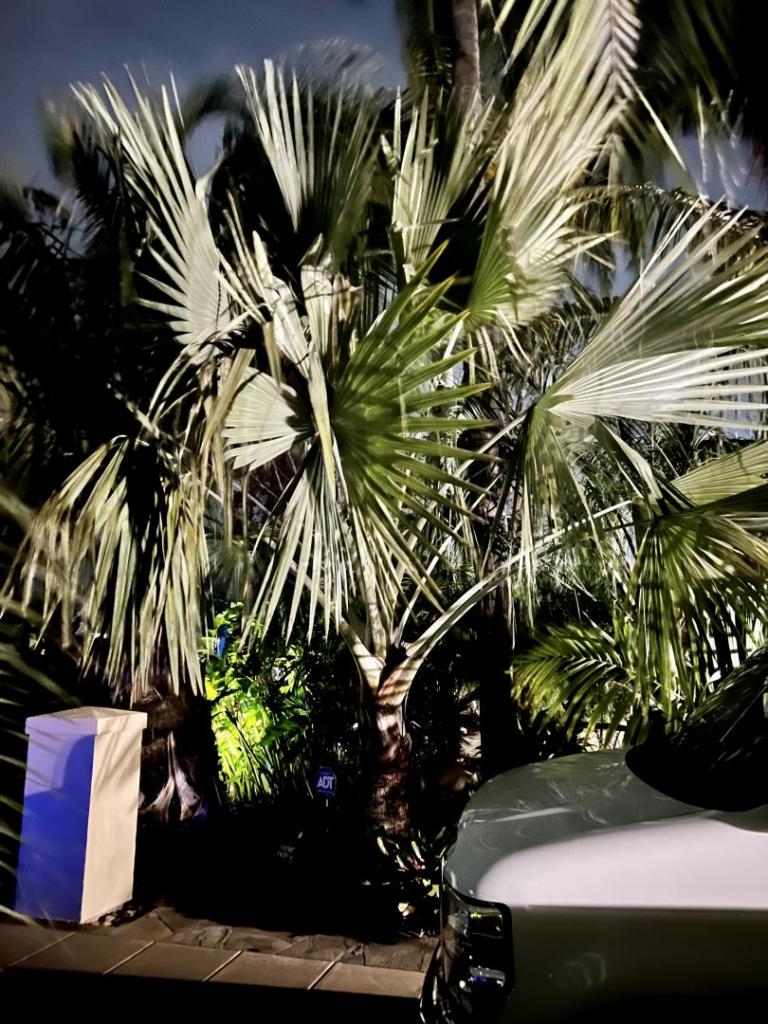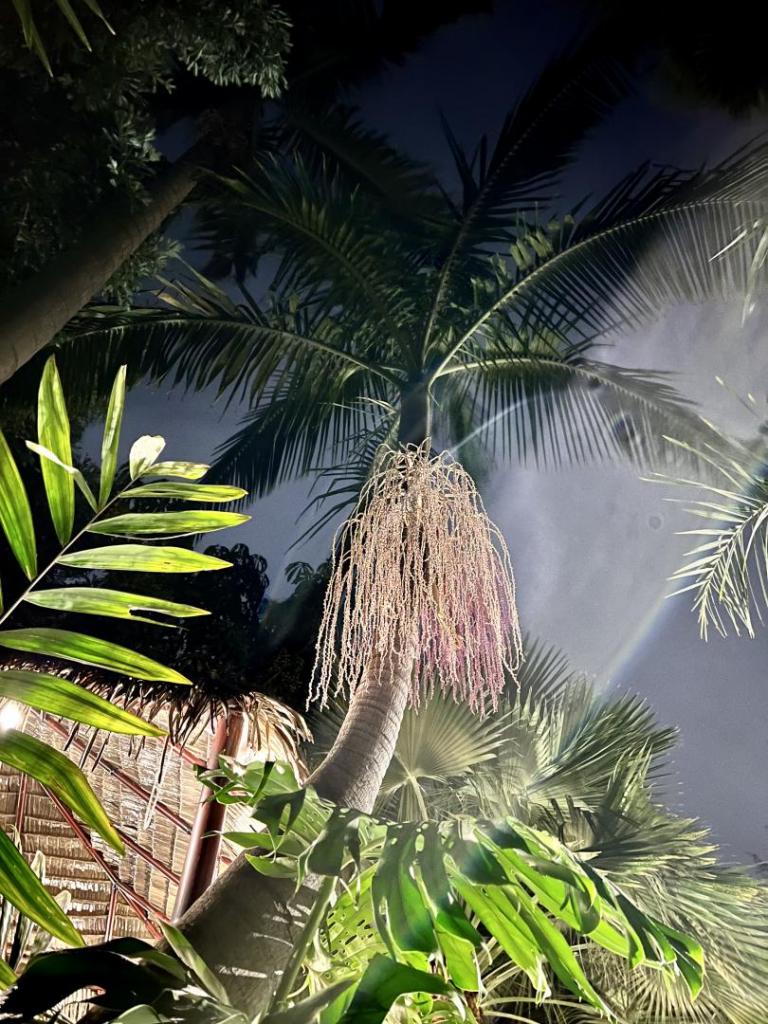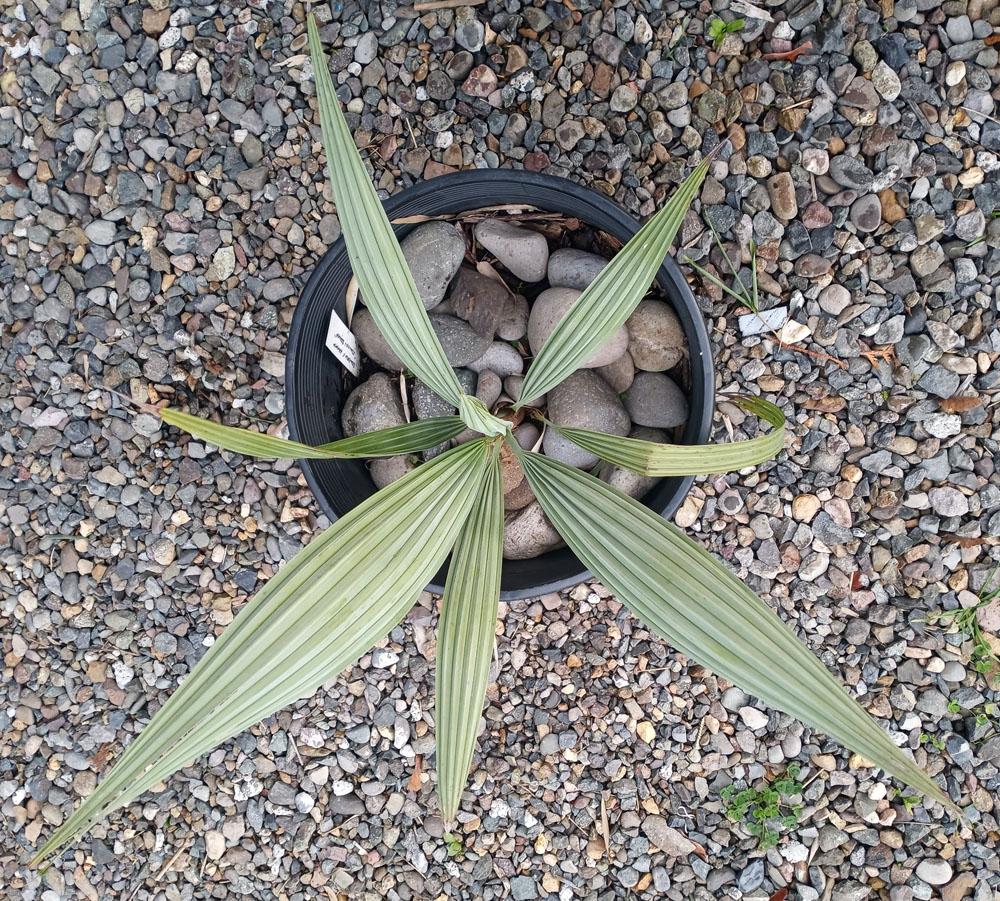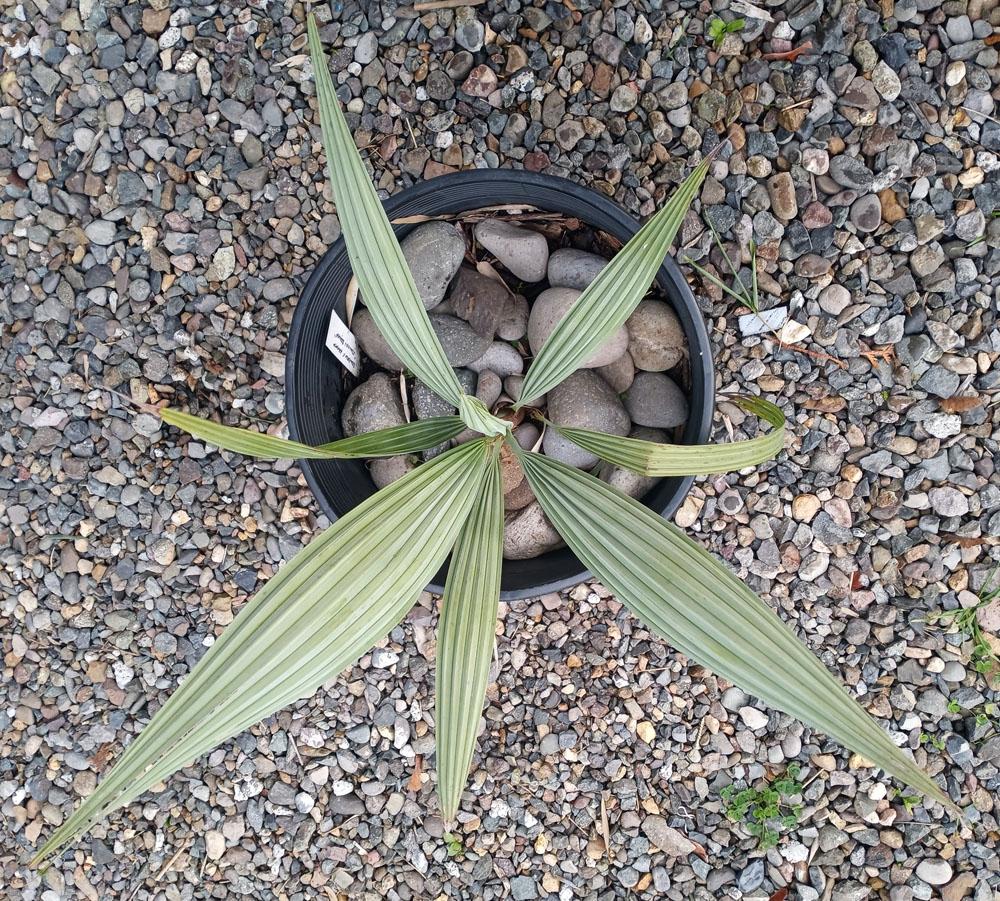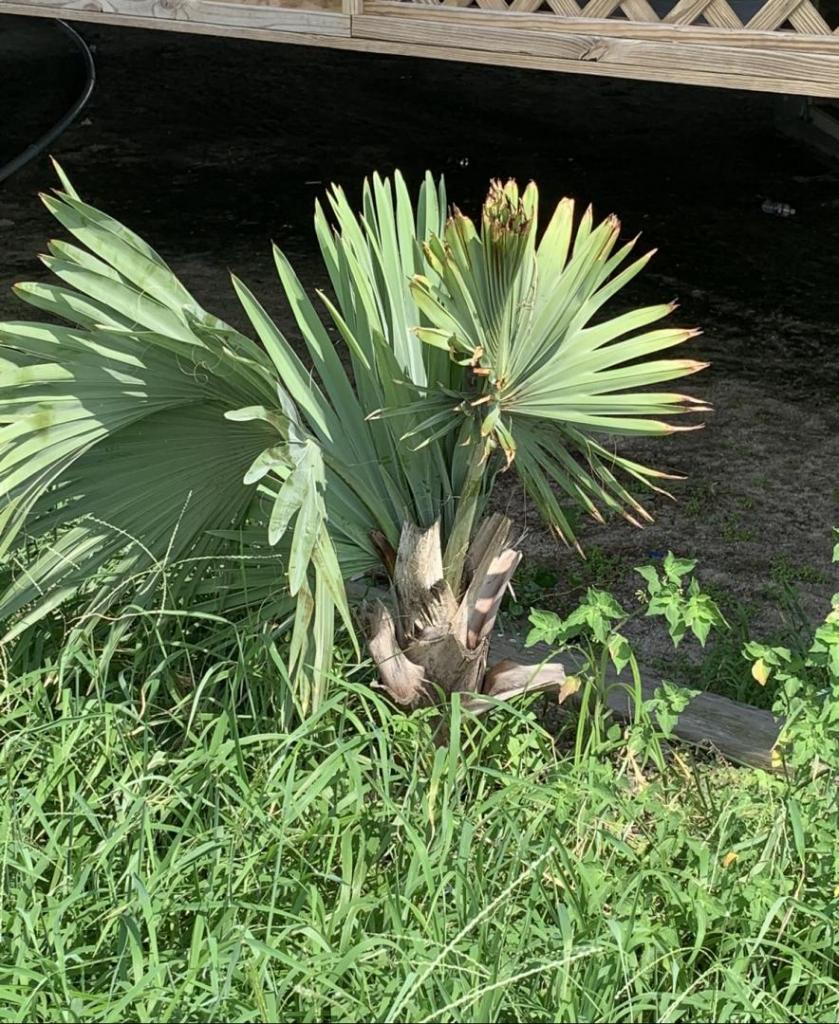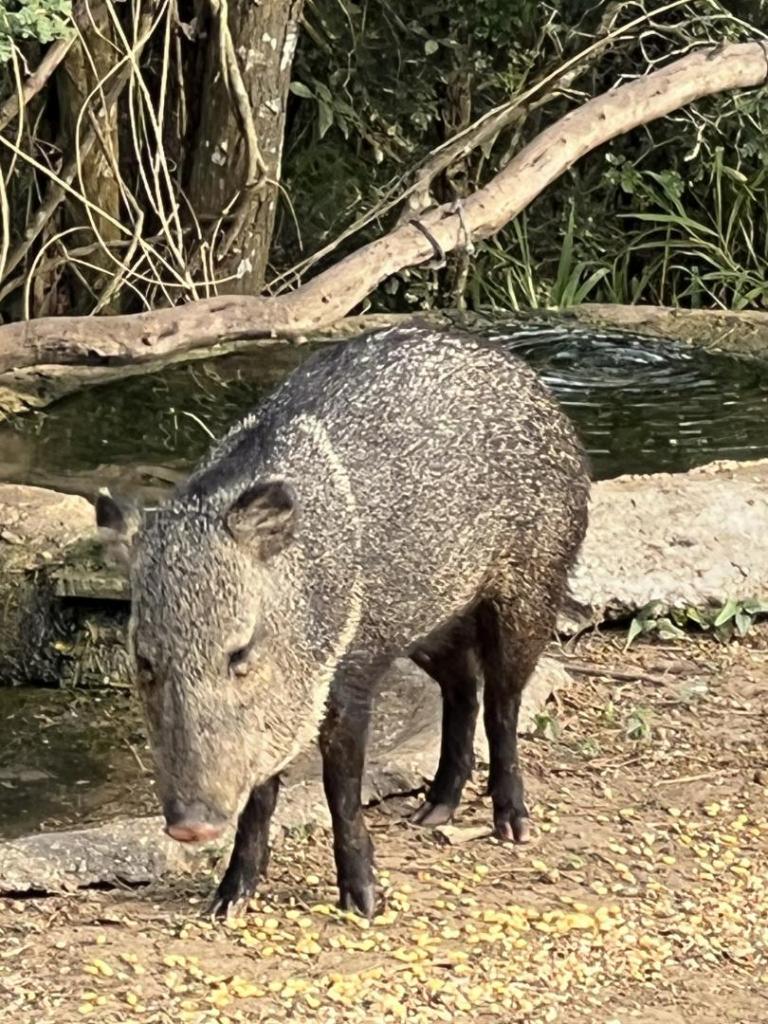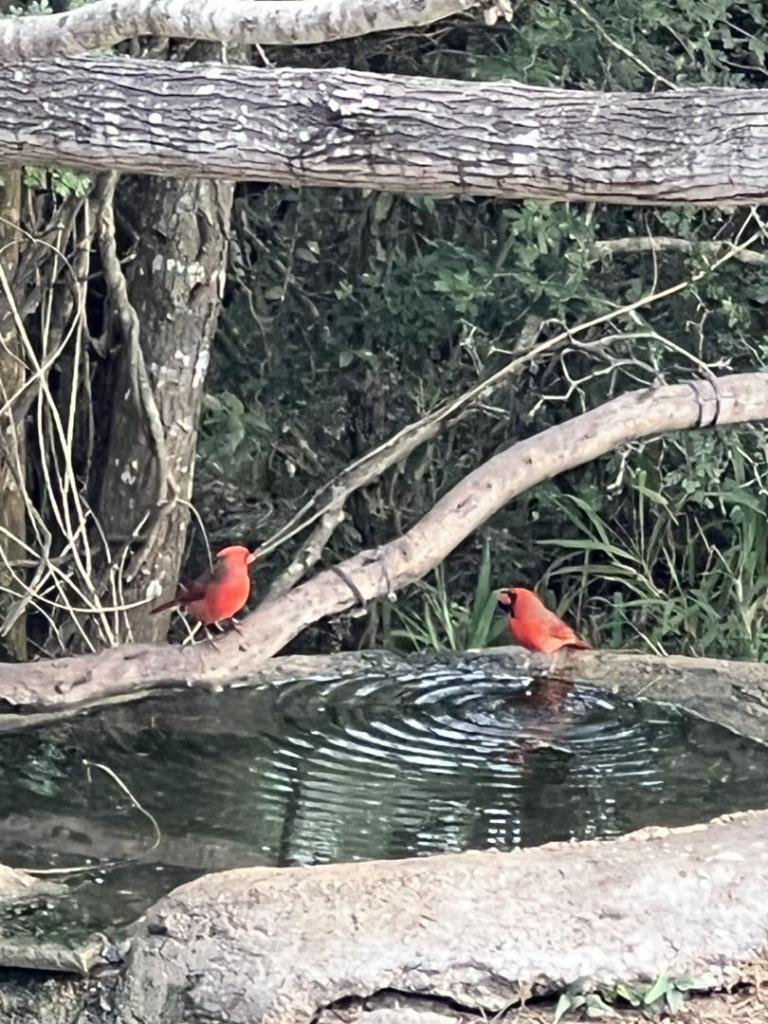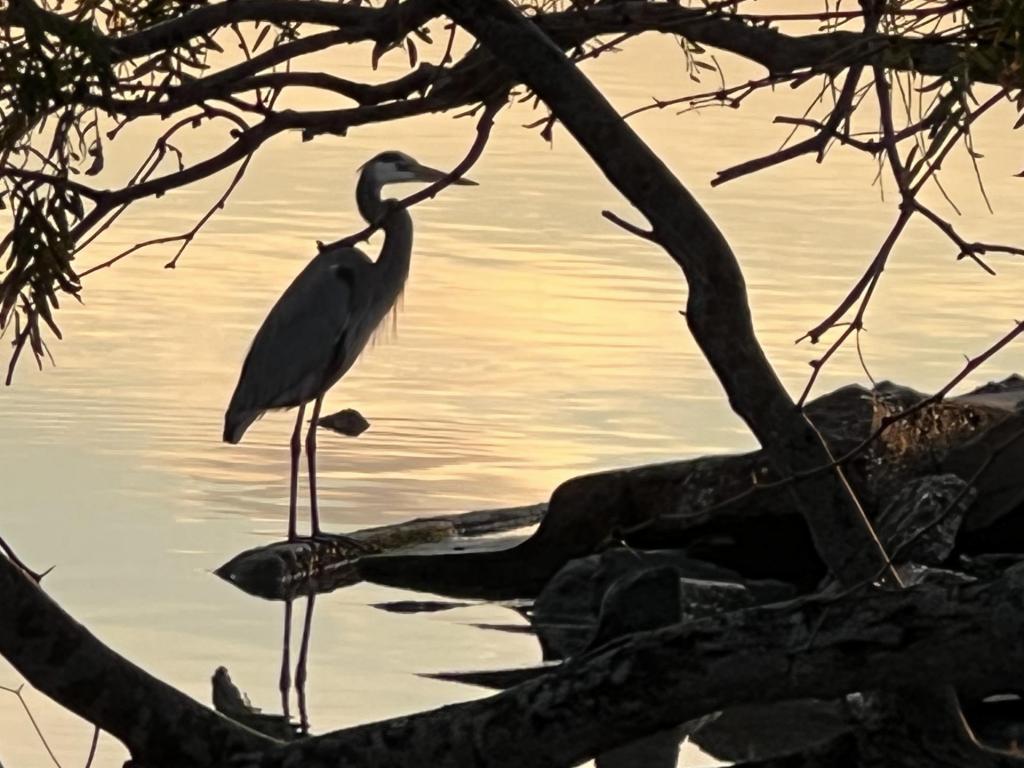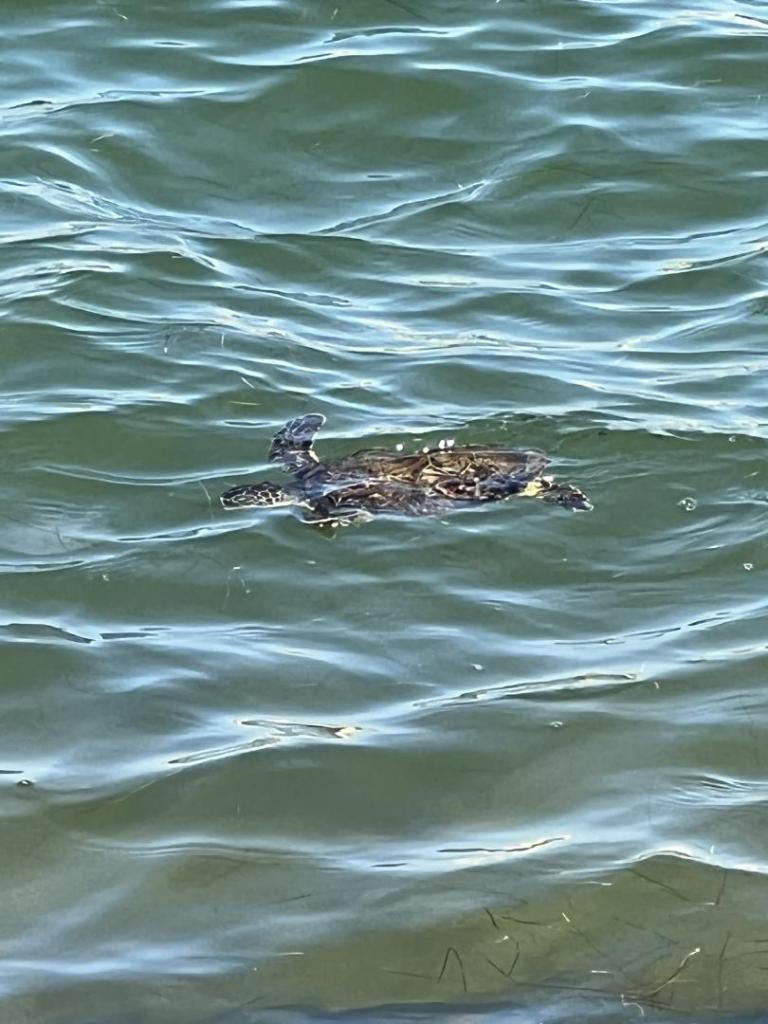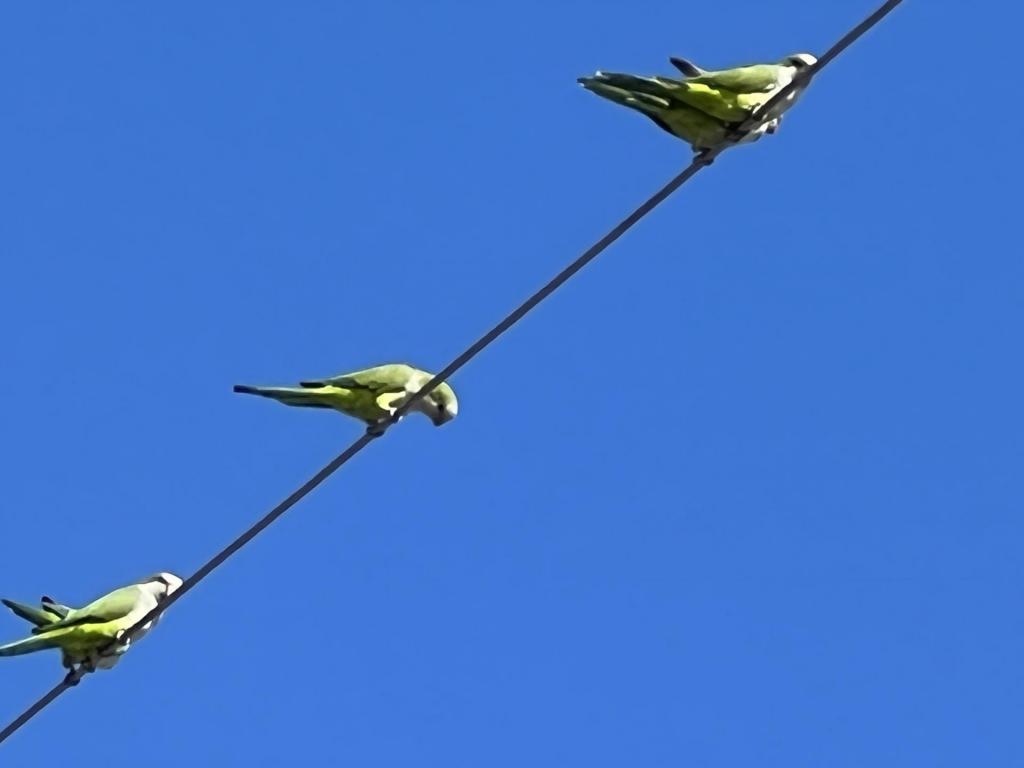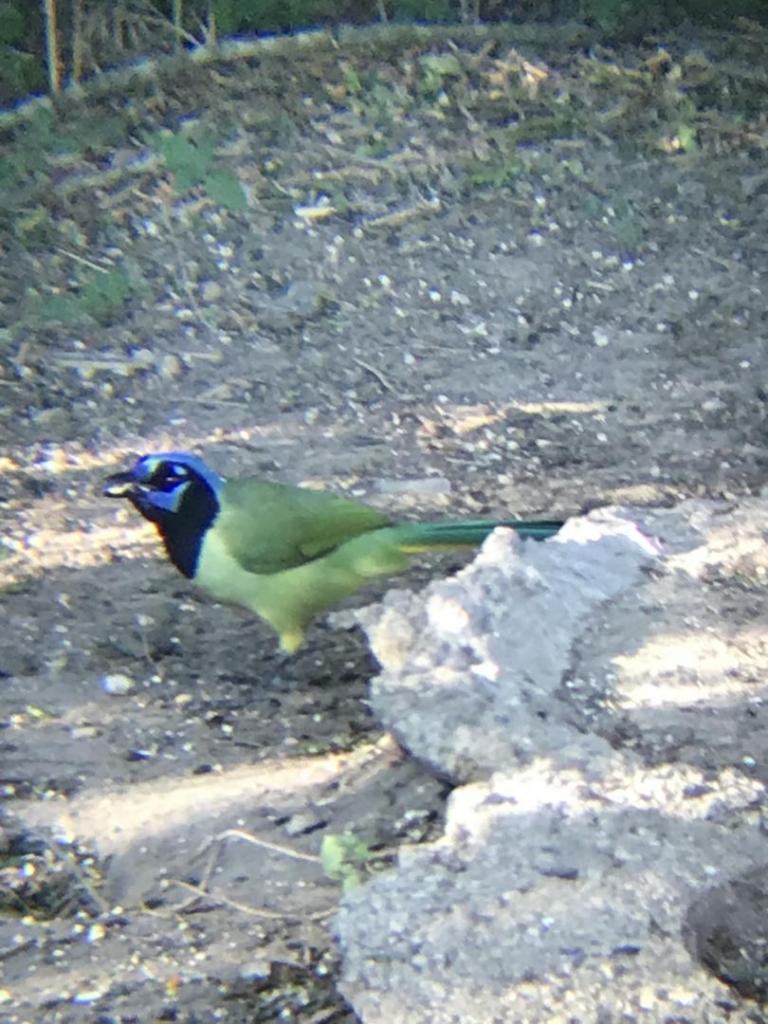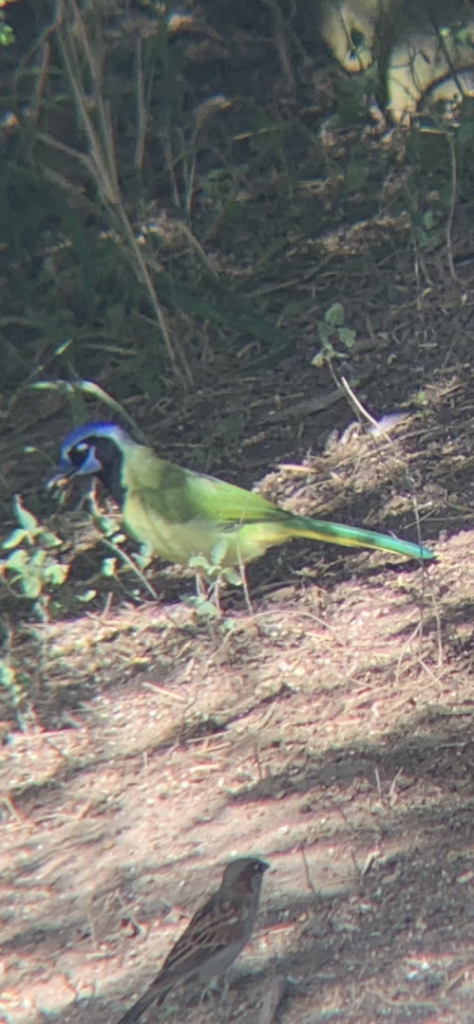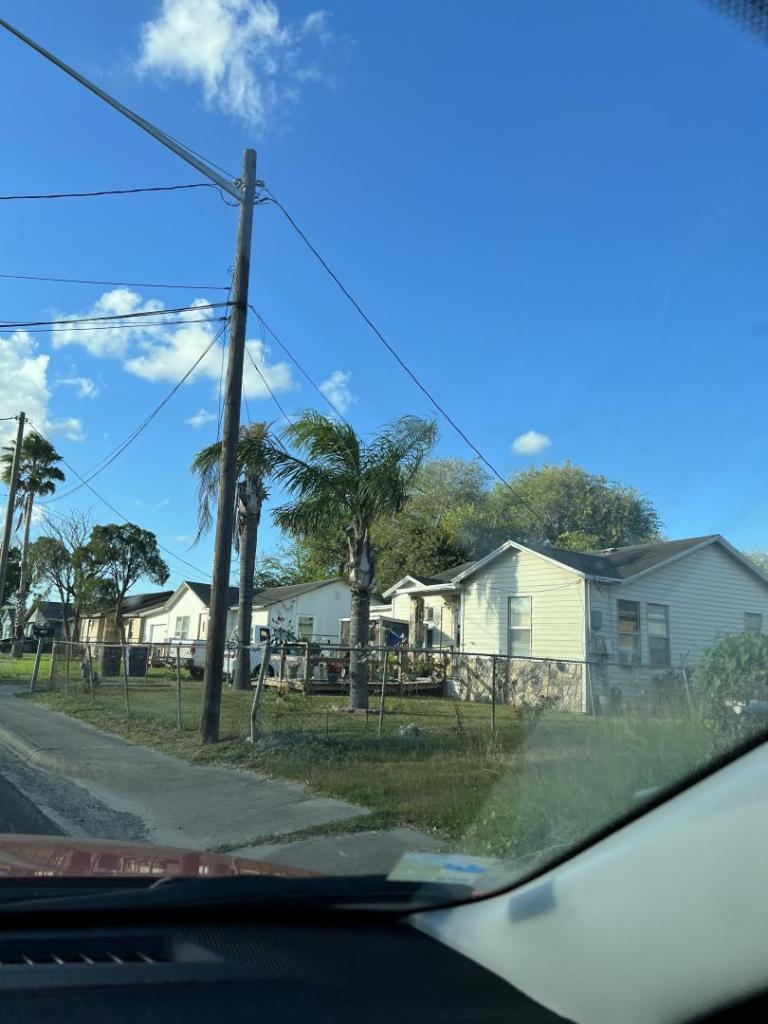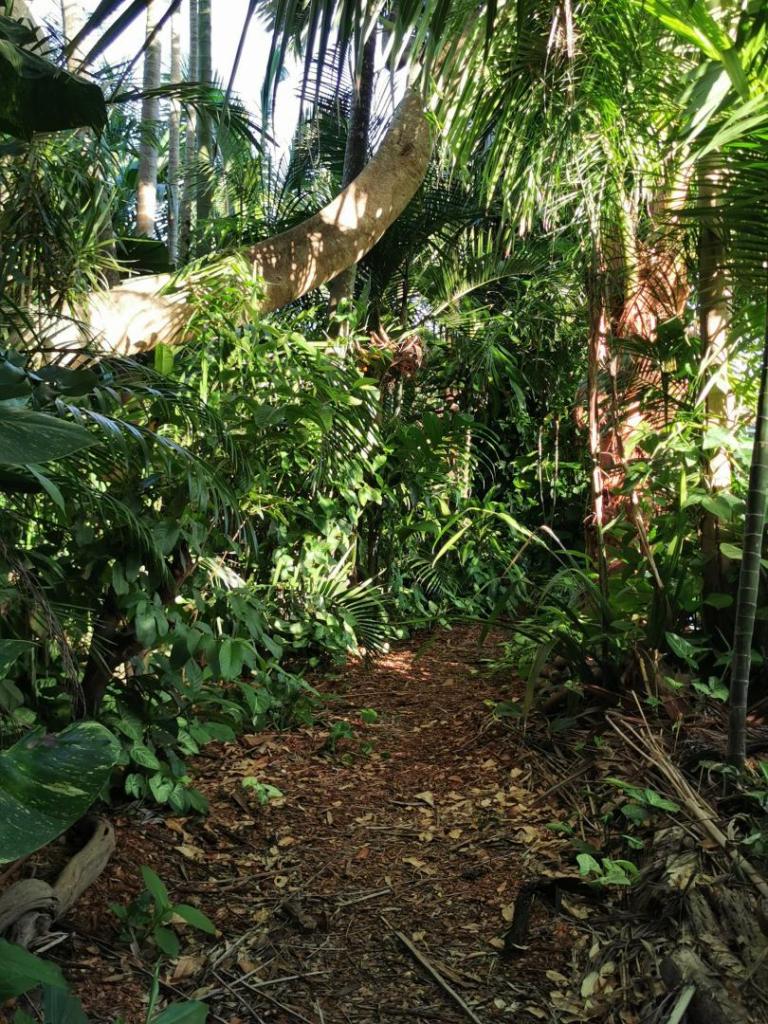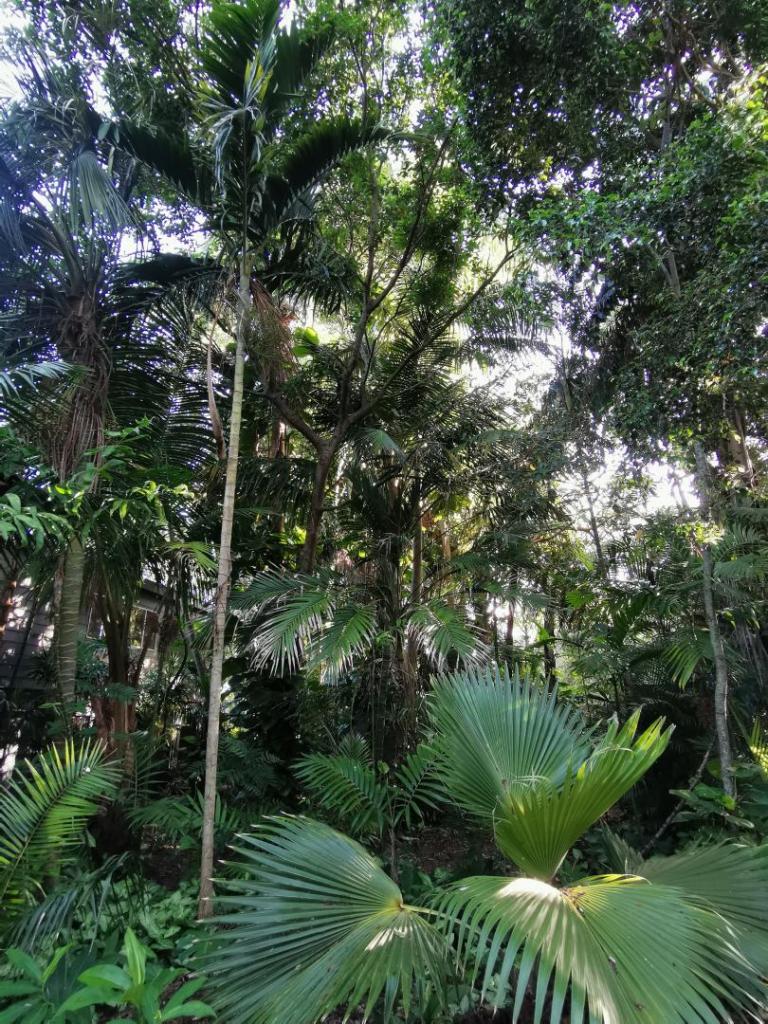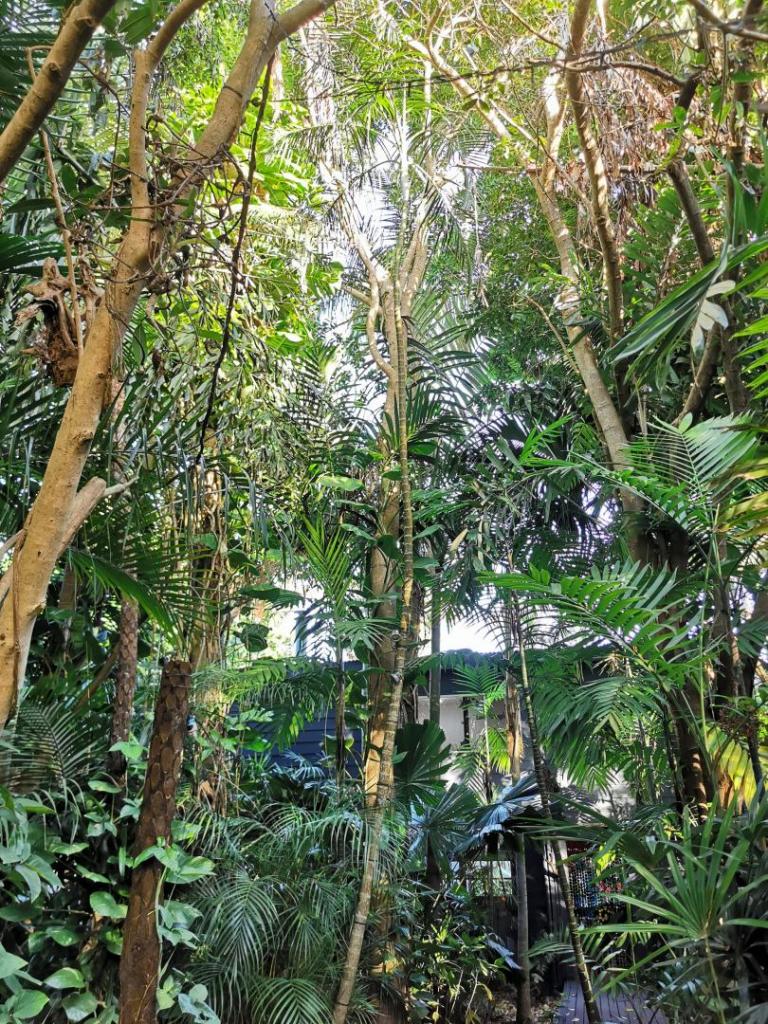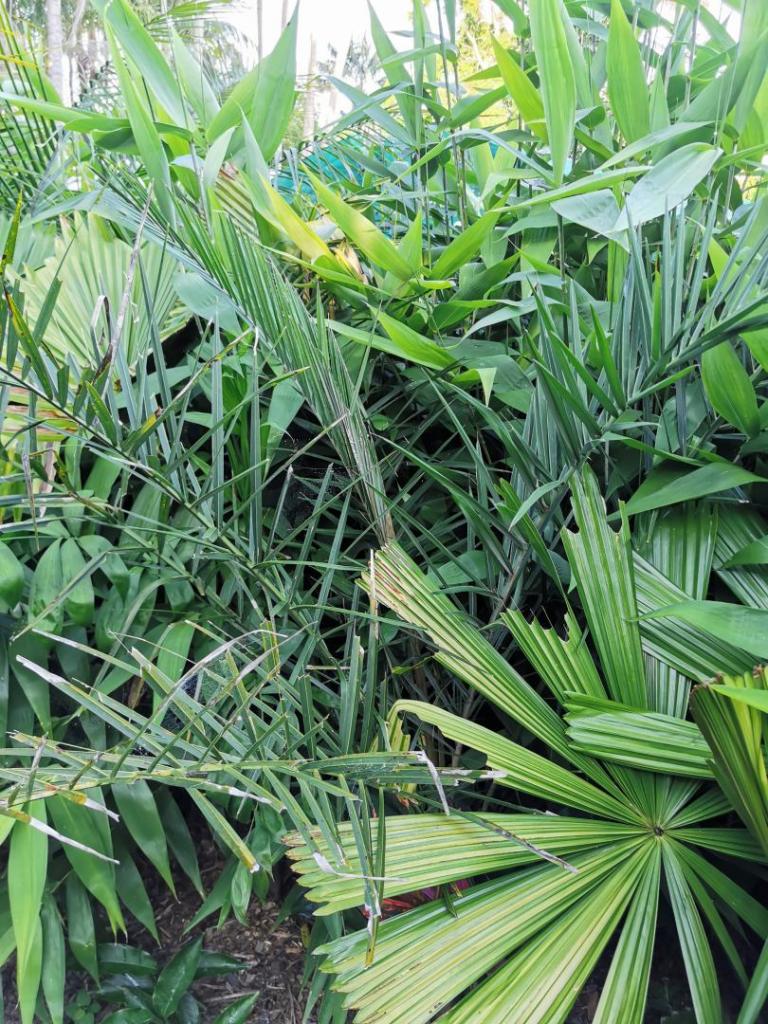Leaderboard
Popular Content
Showing content with the highest reputation on 01/13/2022 in all areas
-
It’s been in the 70s F mostly here lately, with some 60s and a rare high 50 at night. it’s a big change from days in the 90s and nights in the 80s of summer. Clover has taken over everything with the cold weather. I’m too busy to weed lately. Some palms have kept on like nothing happened, and some have ground to a halt. What are your best cool weather growers? Here’s what I’ve noticed in a few of my little guys… from limited observations. Teddy Bears don’t seem to slow down at all. Pushing double spikes in winter. Pretty fast for me…. R. Rivularis still pretty fast too…. Heliconias blooming and out of control still… Various P. Sargentii have ground to a halt, as have various Coccothrinax…. The Bottle seems to shut down this time of year… C. Hookerii and macrocarpa seems to plod along the same, consistently slow… Along with D. Carlsmithii…. Snailing along at the same pace… D. Orange Crush are unhappy here, no matter the season…. They hate the heat, they hate the sun, they don’t much like the shade or cool weather either, they just want to go home.... D. Nobilis seems to still grow pretty fast… K/C. Oliviformis seem frozen in time right now… Satakentia are still growing but have slowed down…. They still seem to want to stay wet in the cold also…. They would rather more shade at this age, but continue to cooperate to the best of their ability. B. Alfredii seems to have slowed a bit, but is inching along… I hope it’s laying down some good roots. Various R. Hildebrandtii still inch along if tucked in the shade and ignored…9 points
-
Here's the Butia yatay X Jubaea chilensis hybrid from Patrick/Patrix, just arrived in great shape! Also Trithrinax campestris, with its sharp pointy blue-green leaves. Love em! The JxB hybrid seems more coveted, but Patrick indicated that the BxJ hybrid is faster, hardier as a seedling, and has glossy green leaves (whereas JxB. yatay tends to have blue-green leaves that are less glossy). So BxJ leaves may resemble Jubaea more in terms of color/texture, which is a bit surprising. These will go into the ground after I move to So. Oregon with its warmer/drier Mediterranean climate.6 points
-
6 points
-
Update on some palms . They are showing damage now especially to older leaves. Ultimate low was 11F in my area Burnaby,BC. Most of these were just covered with frost cloth and a pot.Yesterday we hit 11C/52F with the atmospheric river hitting us. Can’t wait for spring to see what the outcome is with these palms. Trachycarpus Nova Trachycarpus Nainital Chamaerops Humilis showing some damage but it will come back!Chamaedorea Radicalis Needle Palm just protected with mulch.Washingtonia Robusta not looking good but spear is intact! Will cover the top from rain .Sabal Bermudana protected by heating cableTrachycarpus fortunei x princeps looking goodTrachycarpus Latisectus just covered with pot.Sabal Causarium just covered with pot Thrithrinax Acanthacoma burnt but still alive for now.Butia Odorata4 points
-
Here is a mango survivor, hard to see through the fence, but that trunk is decent size. This is actually pretty encouraging, this means you can grow and enjoy mango year in year out between catastrophic freezes, but even after catastrophic freeze, the tree lives and will again provide tasty fruit, provided you protected the graft or it is seed grown. I’m going I have to pick up some more, @Xenon based on your recommendation I’m now in the market for a lemon zest.4 points
-
Drumroll please……..these are the only surviving Foxtails I have seen anywhere around. There is no reason for newly planted foxtails to look this bad, and I can match most of them up to pre-freeze street views. They have to have had substantial protection, would love to hit up the homeowner about it.4 points
-
4 points
-
Sea grape looks like nothing happened save there are no tree-like specimens around, proves this is a great choice for coastal areas here. I have 3 of these thanks to @Mr. Coconut Palm I’m thinking of pruning one to grow up into a tree form like I’ve seen in Floriduh. Clusia back there looks good too.4 points
-
4 points
-
I've lurked on here for a long time but never signed up and never posted. I wanted to go ahead and sign up now to share my observations after the once in a century freeze we had here in Dallas, TX USA in February 2021 and the effects on palms, cycads, and other subtropicals. Temperatures were below freezing in Dallas for around 232 hours in duration with just a couple hours above freezing (33F/1C). Snow fell a couple times and we had powder on the ground for 7 or 8 days up to 6 inches / 15 cm or so). Even on sunny days the snow was powder. I had only seen that in Colorado. One day our high temperature was 1 degree F below our record low temperature! (High was 14F and record low was 15F). Dallas proper dropped to 2F and the airport dropped to -2F (-19 & -17C respectively). This caused a near collapse of our power grid and deaths of over 200 because of power outages. I have lived in Dallas since 1995 and grew up in Louisiana. I had seen the aftermath of freezes in 1983, 1989, 1995/96, 2011, etc. I was expecting damage to be equal or worse to 1983 and 1989 freezes so expected most of my yard to be wiped out along with most palms in the Dallas area. Dallas had a good run after 1989, so there were a lot of mature Washingtonia filiferas and hybrid W. filifer x W. robusta along with Sabals, Trachies, Butias, etc. What I have observed as of January 2022 Palms: Sabal minor, Rhapidophylum hystrix (Needle Palm) - Zero damage at all. Completely unfazed - from an evolution perspective, these have seen this many times over the centuries Saw palmetto, Serenoa repens 'Silver form' - froze to the ground and sent out a spear by May 2021 - another native to the Southeast USA so had to have been adapted over the centuries as well and survived the Ice Ages Trachycarpus fortunei - maybe 5% death rate for mature specimens and 10% or more for medium size All were defoliated but those that were not overtrimmed definitely bounced back faster. In my yard, one that I had skinned and trimmed high died I am seeing at end of the year more and more mature specimens have died, but in almost all cases they were all over trimmed on a consistent basis Sabal mexicana Surprising cold hardy winner. Most established specimens survived and leafed out by end of summer Survival rate in Dallas is better than Trachycarpus for mature specimens (I would have never believed) Sabal palmetto Less common in Dallas, but seems established specimens survived at least 80% or more Butia - They do not love Dallas I've only seen a couple that have survived - I've killed several in my yard and one with 6ft / 2m of trunk died In my hometown in Bossier City, Louisiana, they all seem to have survived Washingtonia filifera Shocking but maybe <5% survived - tall and mature or at the 3 to 5 ft height level (1 to 1.5 m) None of mine did Washingtonia robusta and hybrids - 0% survival Phoenix canariensis - Canary Island Date Palm - shock I've documented 3 that survived and there must be more. No protection Cycads: Sago revoluta - most froze to the ground but resprouted with many pups. Surprisingly many with trunks in the center city sprouted back out from trunks that were 2-3 ft or more / 750-100 cm. Dioon edule - resprouted for me - 2 specimens; looked just fine by summer Popular Shrubs: All Indian Hawthorn died to the ground and only maybe 5% have since re-sprouted from the roots All Loropetalum died to the ground but most regrew very anemically with mostly yellow/discolored leaves All pittosporum died (variegated upright forms and lower sprawling forms) Most Ligustrum severely damaged or died including the invasive species that are tree-form Fatsia killed to the ground but resprouted Trees: Tree form Ligustrum dead Arizona Ash - killed to trunk or dead Live Oak - Most defoliated and came back fine; maybe 5% or more killed back to major limbs but resprouted, minor limbs dead; many actually died but maybe just 1 or 2% - surprising since native very near here Random other trees - I just see random trees in neighborhoods that wear still bare in September/October - assume they are dead Agaves/Succulents: 90% of agaves were mush but there were a lot there were just fine. I don't know species but Agave ovatafolia seemed fine as well as Agave scabra Golden barrel cactus - none I know of survived Opuntia - Many specimens with pads reach over 2m collapsed while others were just fine IMG_0251.HEIC IMG_0252.HEIC IMG_0249.HEIC IMG_0246.HEIC IMG_0243.HEIC Sago 20213 points
-
3 points
-
It's been a while... we're about to get into spring soon (I hope) !! and here are a couple of palms and what they did over the last, almost first full year in the ground. Sabal Louisiana.... full palmate leaves, growing, uninterrupted through our recent 18F lows! Beautiful \ S. Birmingham - The first one I put into the ground to replace some of my losses from last year... growing nicely, blue'ish color on the fronds, and finally has its first palmate leaf. S. Brazoriensis3 points
-
@Fishinsteeg234 Another user ( @redant ) has them by the truck load. He may be able to part with a few if you make the drive.3 points
-
"Pure" or almost pure (>90% to my eyes?) Washingtonia robusta at its western limit in the Houston Area, about 15 miles west of downtown (I-10 and Eldridge). "Robusta passing" (80-90%? robusta?) palms at their western limit about 20 miles west of downtown near I-10. Anything that looks about "3/4 robusta" recovered much faster and look like nothing happened3 points
-
3 points
-
I divided my hemithrinax today. Robust root systems for such a tiny palm. I used my "cycad mix" which is basically lots of pumice, some peat and some bark. I added a sprinkle of lime and potted them into tall citrus liners. Then, back into their sunny spot for the next season of their lives. I'm guessing they'll be in these pots another 4 years lol The same pot from the original post up there ^^ These have been outdoors in Fresno, and are actively growing. The grow bag was just falling apart at this point Here's the clump These 3 were entangled so I had to bare root them gently. The rest were not, and I was able to break away the root system along with a chunk of soil And finally, here they are in their new homes.3 points
-
3 points
-
3 points
-
3 points
-
3 points
-
3 points
-
3 points
-
3 points
-
3 points
-
Some updates from the first growing year heading into the second... S. Mexicana (bought before the storm as 15G, and made it through the lows) ! This thing is getting big! Butias (planted last year after the freeze, spear pulled after our 18F event few weeks ago. Hopeful they will come back and put up a new spear. They got peroxide just in case Another S. Mexicana, much smaller planted after the freeze2 points
-
2 points
-
2 points
-
66F at 6:39 AM. Cooling down this weekend with 75F/55F California weather! Next week California weather continues as we approach our lowest temperature all Winter of 50F!2 points
-
2 points
-
I have habanero, jalapeño, bell, tepin, ghost and poblanos going on 2 and 3 years in zone 9b/10a. The ghost and habanero are the most sensitive, I imagine the reaper and scorpion would be similar to these in terms of hardiness2 points
-
60s by day, 40s and 50s by night for a number of weeks here and heat loving palms like the Roystonea in the photos below which is opening a new frond as we speak, Bismarckia opened two fronds in December and January and palms like Archontophoenix are growing and flowering like crazy in the cool winter air. Perhaps it’s “stored” energy from warmer months that keeps them going.2 points
-
Chili- -pequin / tepin ..pretty much the same sp. of pepper ( just different shaped fruits ) If old enough, and the roots weren't completely frozen during the cold spell, the plant should sprout again from the base if the entire top was cut to the ground once it warms up.. If completely lost, start your seeds as early as possible to give the next ones planted out the longest amount of time in the ground to build up some hardier, woody growth. Hit them a couple times through the season with some high K ( Potassium ) also. Helps plants stand up to stresses like heat and cold, and will also help ensure a bumper crop of flowers / fruit. ( ...Not that they don't already produce plenty on their own, w/ out that little extra boost lol )2 points
-
2 points
-
Ive grown costus before (red button ginger). They are rhizomatic plants, so yes it will definitely come back however - why would you want to?!?!?! Leave that beauty be! hahaha At most selective pruning haha. I don't think that each stalk produces another flower after it finishes and turns brown. However, that in mind - like all rhizome growing plants - "The back fuels the front" Those spent stalks will provide energy for new growth.2 points
-
They are one of my favorites. They take a while to get moving in my climate but once they hit the 6 foot mark or so they start to take off.2 points
-
2 points
-
2 points
-
2 points
-
2 points
-
I am not in CY at the moment sadly and haven't been for a while unfortunately! I am not there year round so it is difficult to care for the garden. The coco is looking good, touch wood, beautiful trunk and leaves! I have heard that there has been a lot of rain this winter. I met a wonderful lady in Kefalonia, who was growing a rather large one indoors at her restaurant, a much younger plant, but it seemed to be doing really well, huge leaves. Keep us posted with updates. Next time I am around Paphos, I will let you know. Great photographs!2 points
-
2 points
-
2 points
-
2 points
-
2 points
-
2 points
-
2 points
-
2 points
-
2 points
-
Here are some from my yard this morning... They are pretty fast growers too!2 points
-
Vienna might be even 8a but incomparable with locations in north Carolina or other places on the US east coast. For example Wilmington is almost on the same latitude as Casablanca Morocco If you plant a big Palmetto it might grow backwards, a small one will grow extremely slow. You could give it a try though if you can get one.2 points





